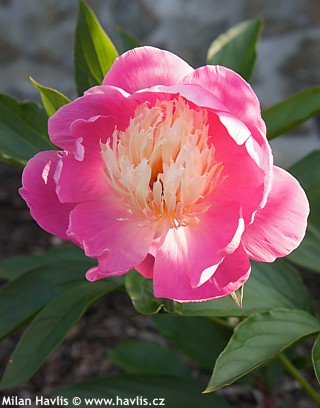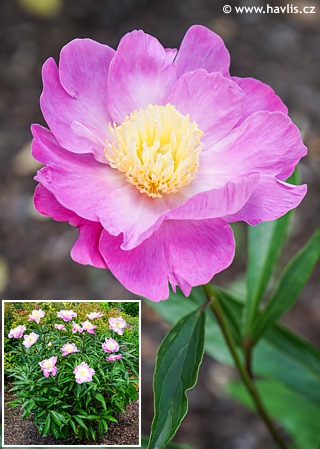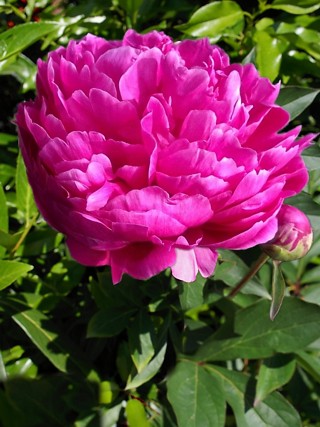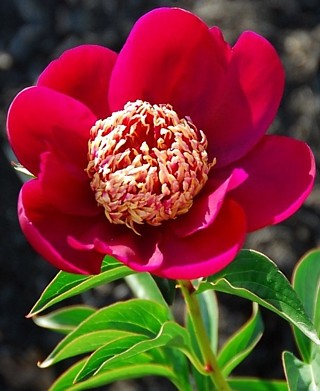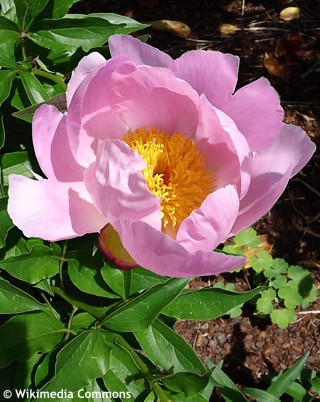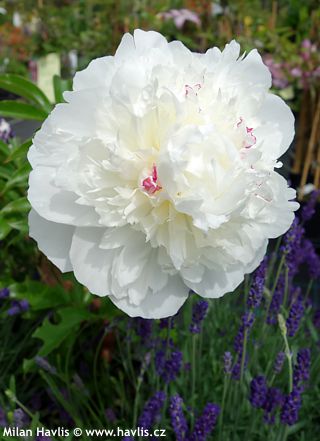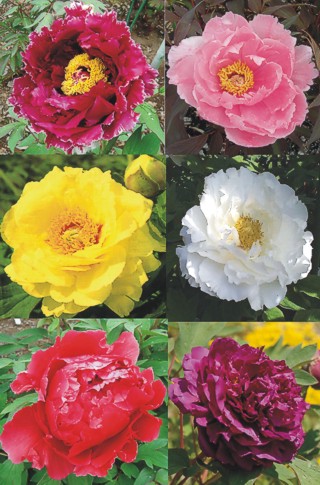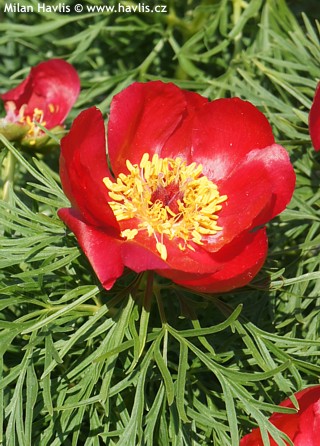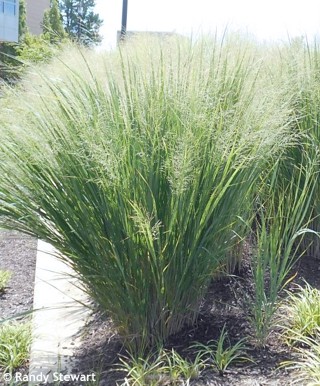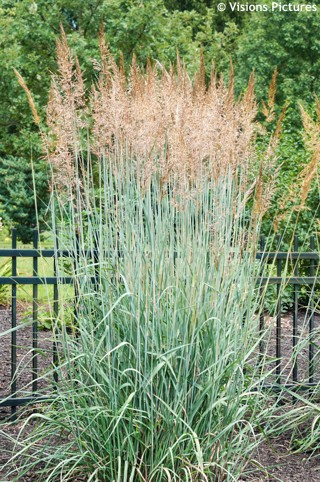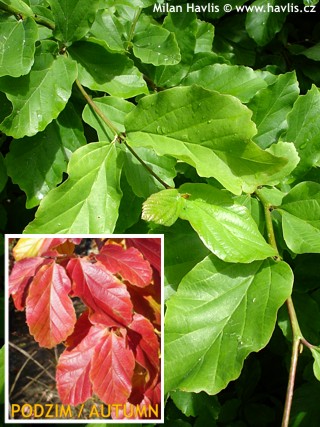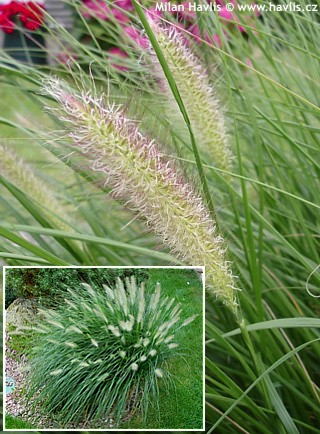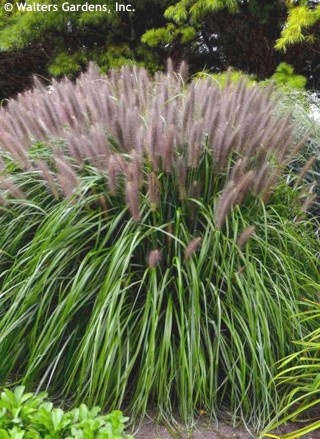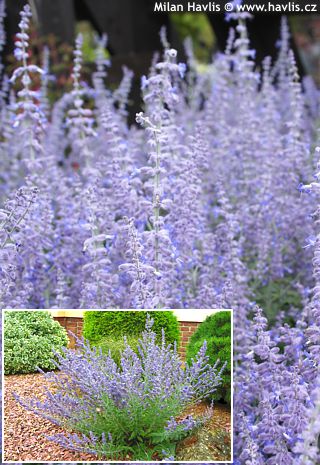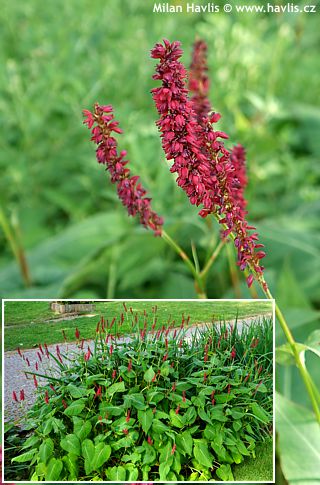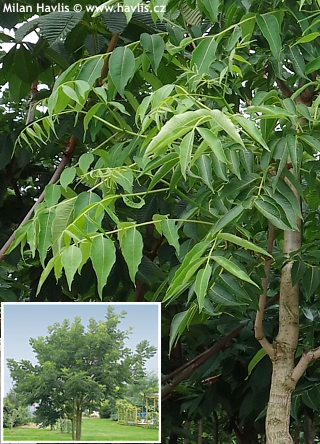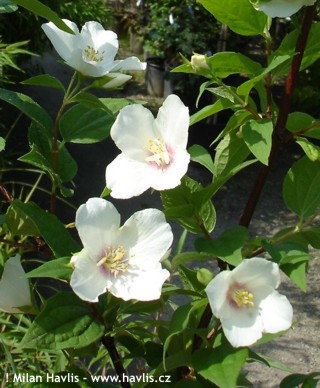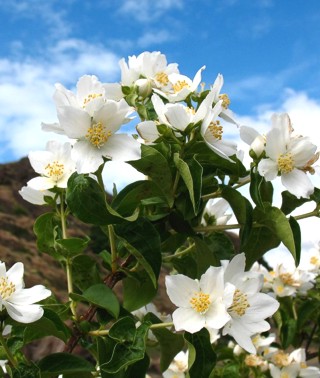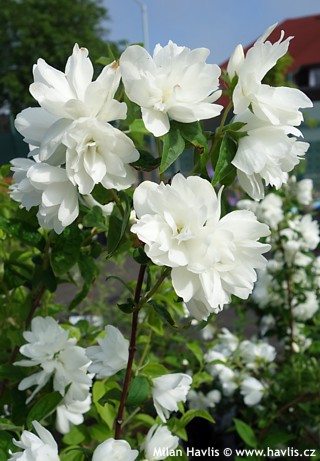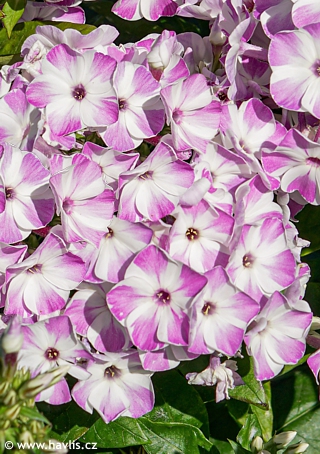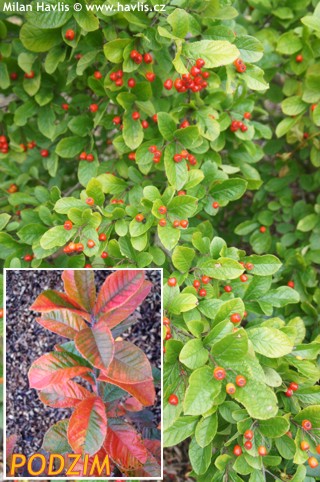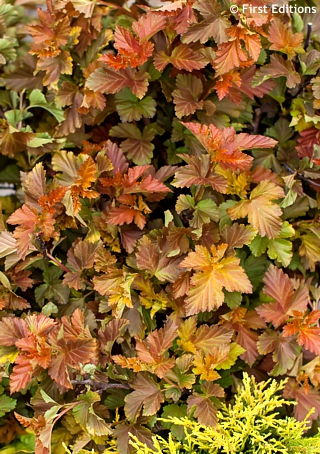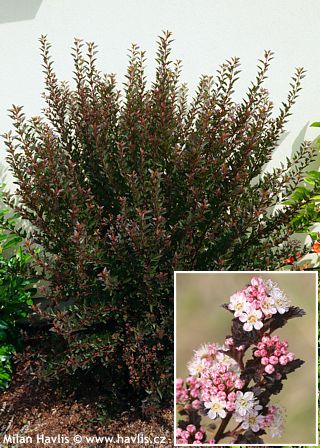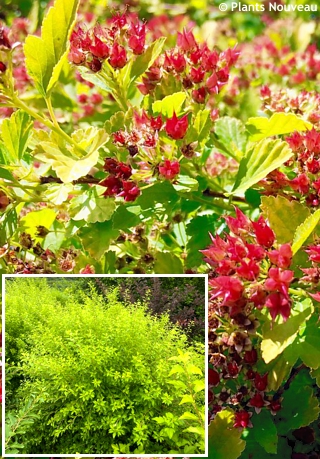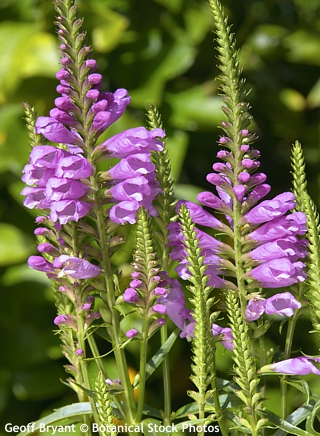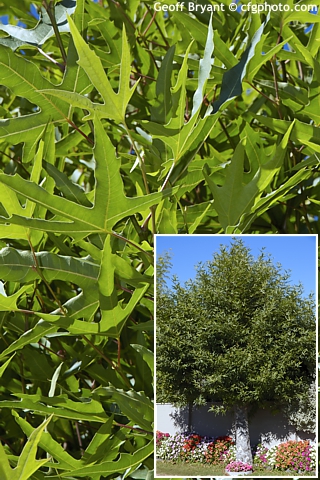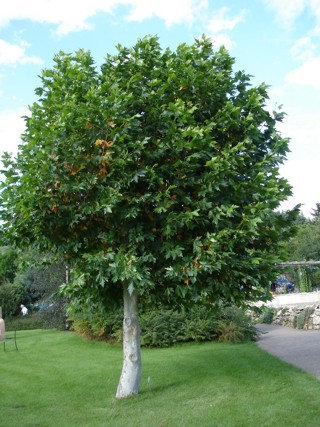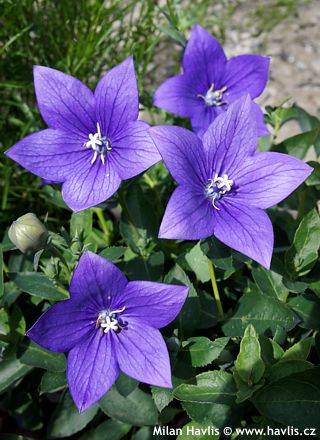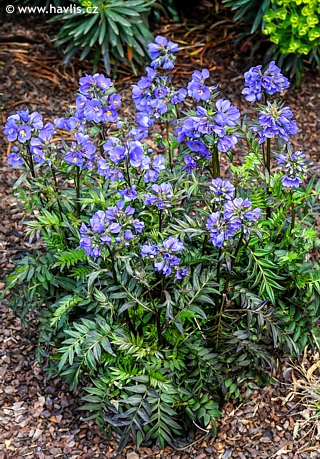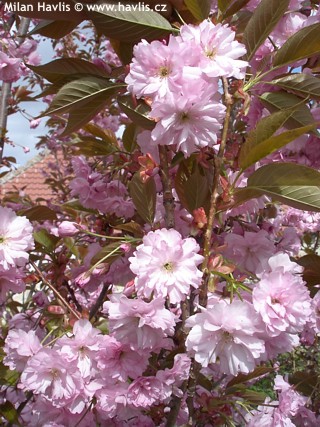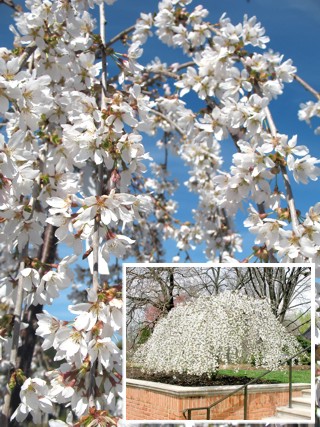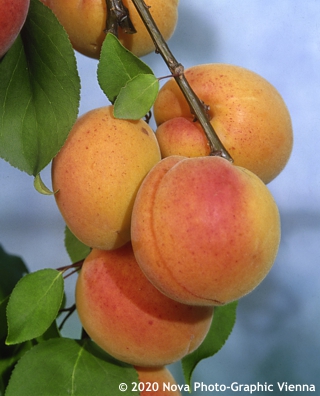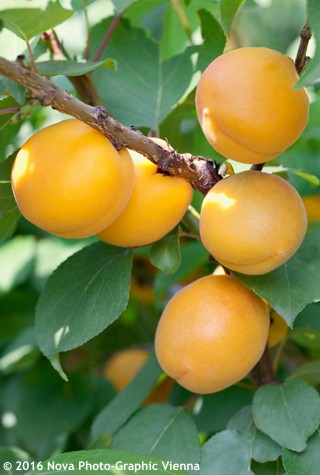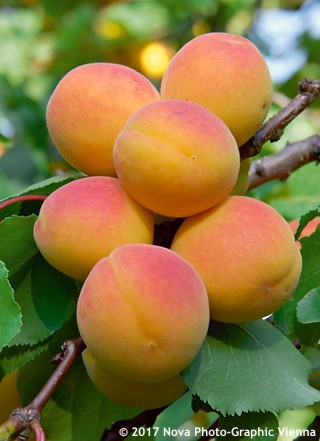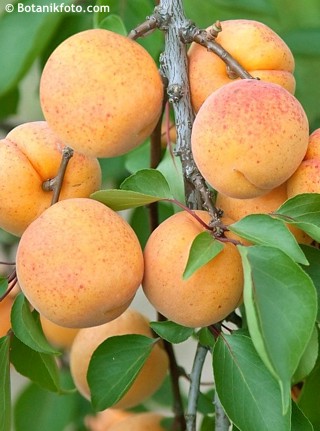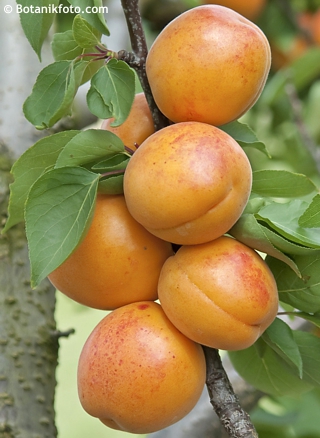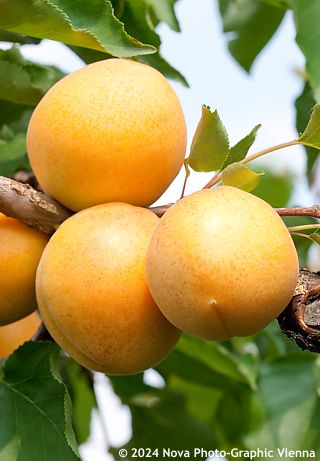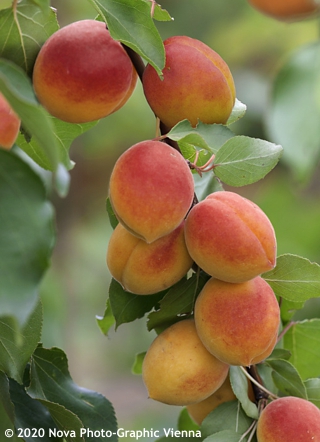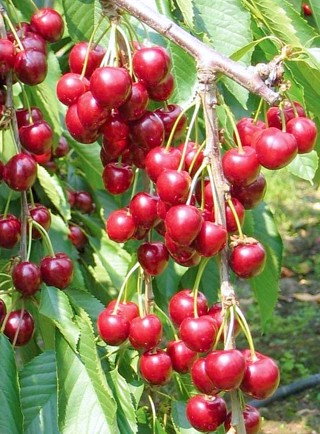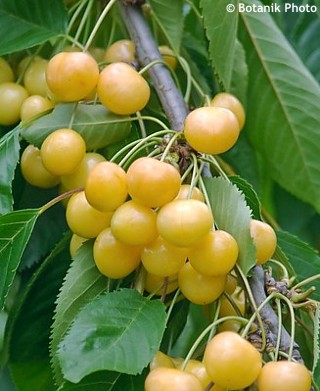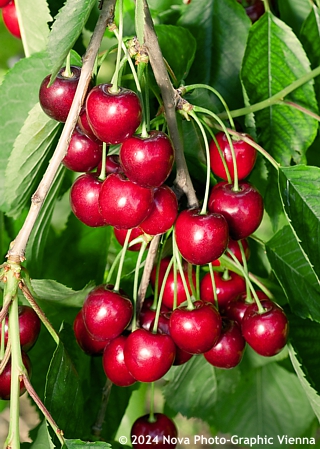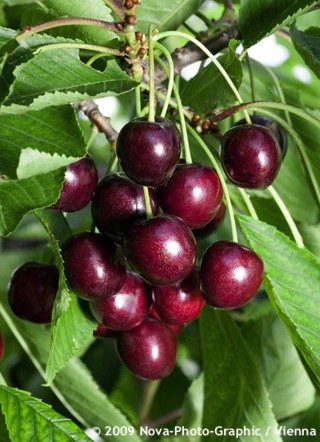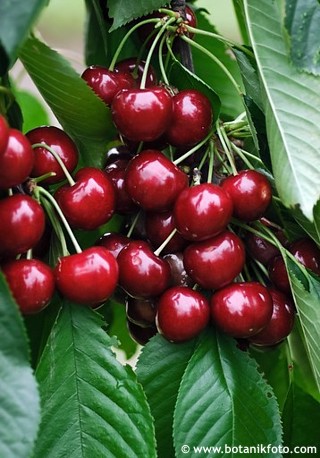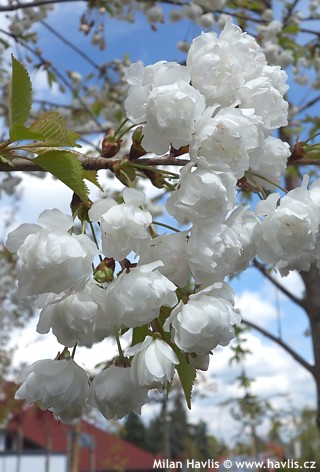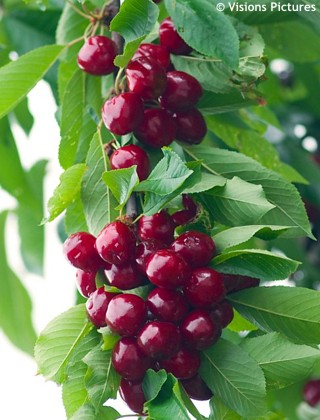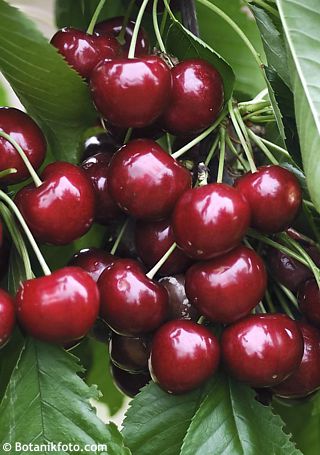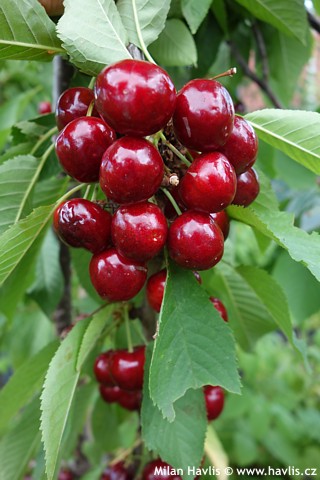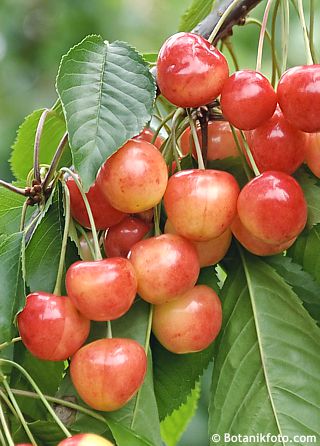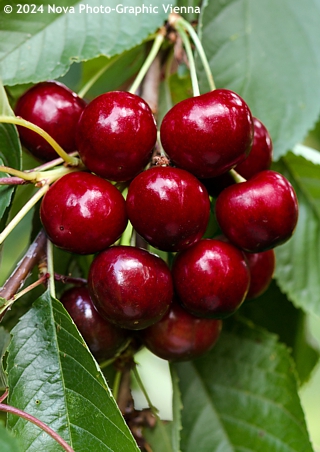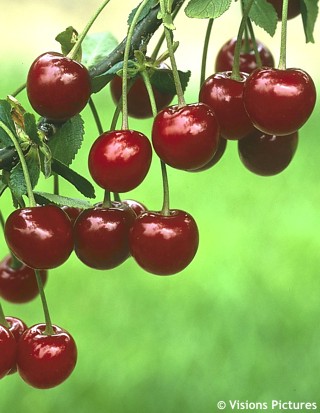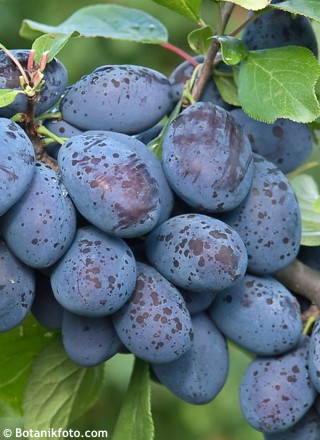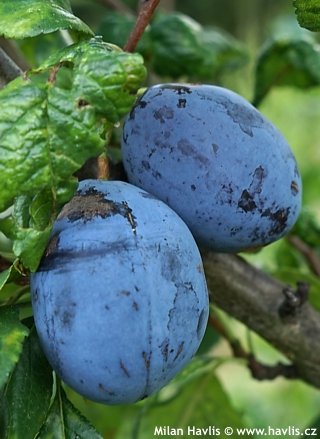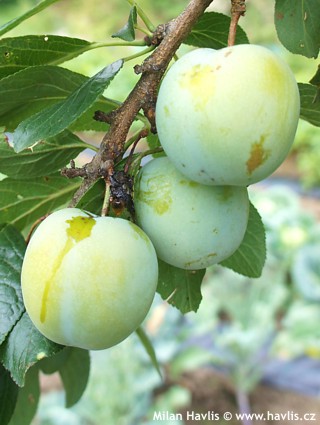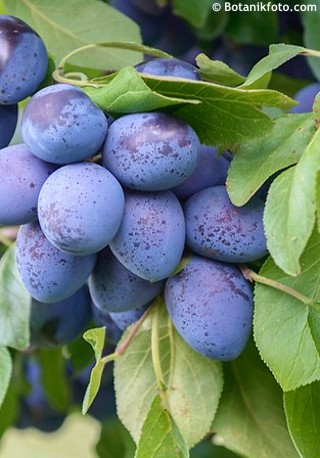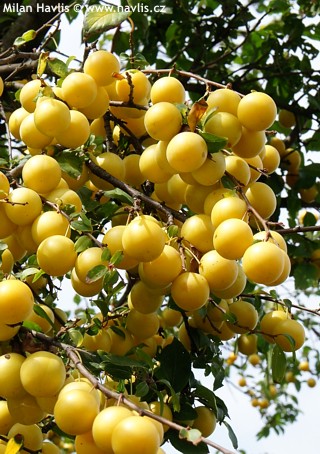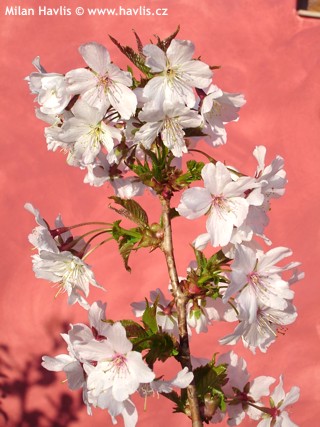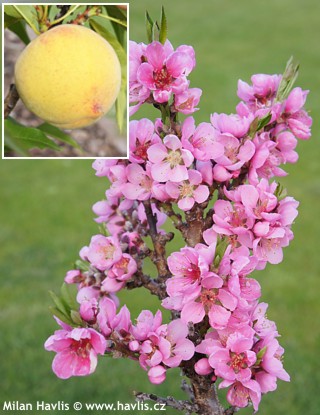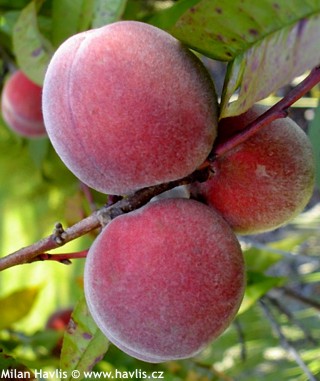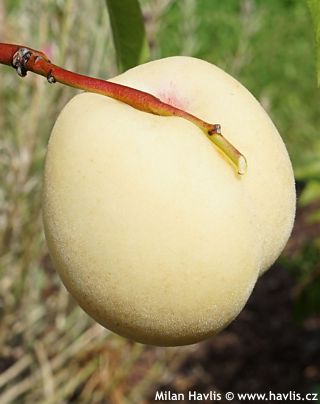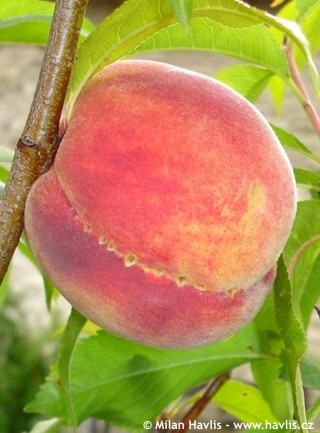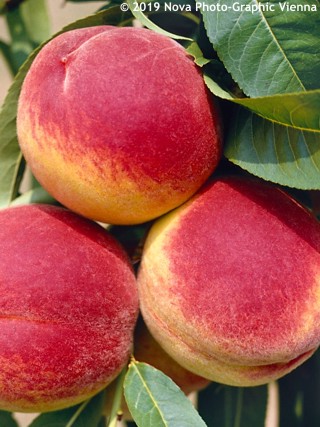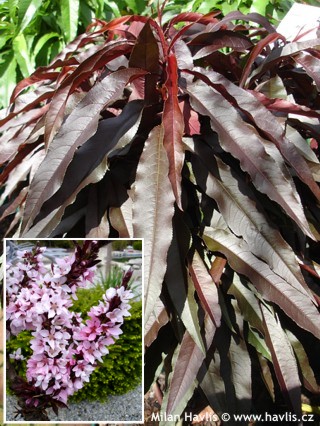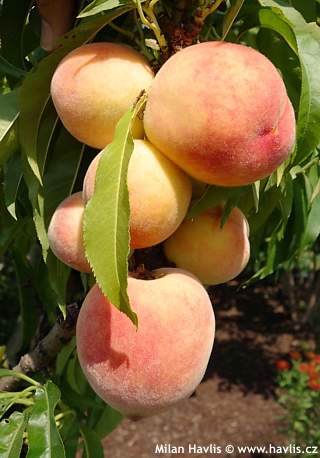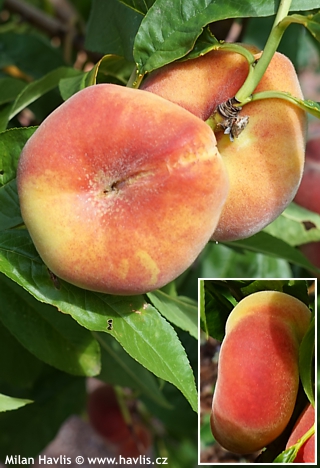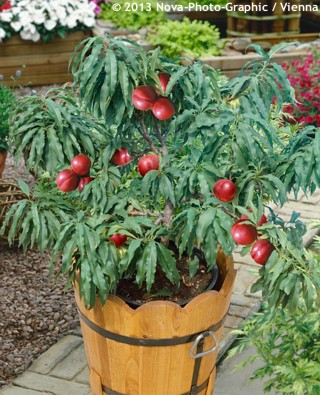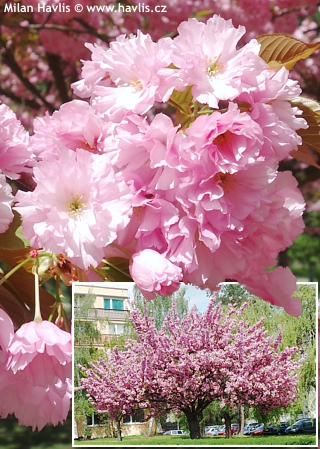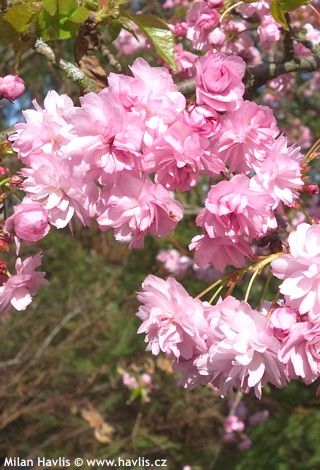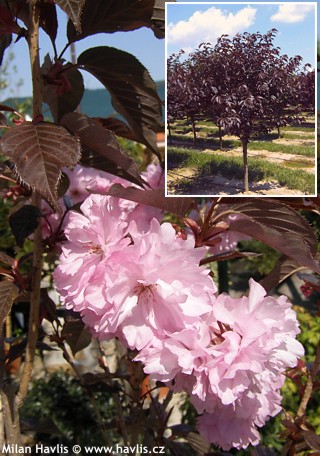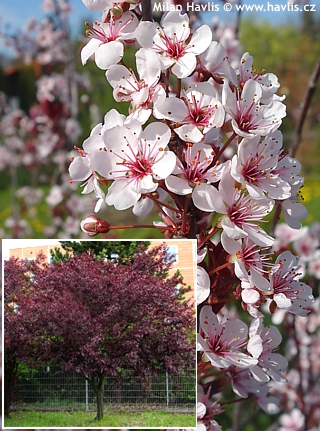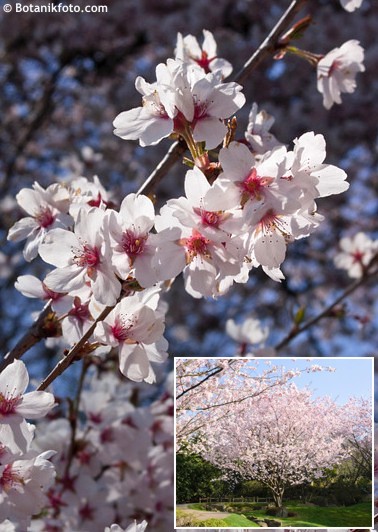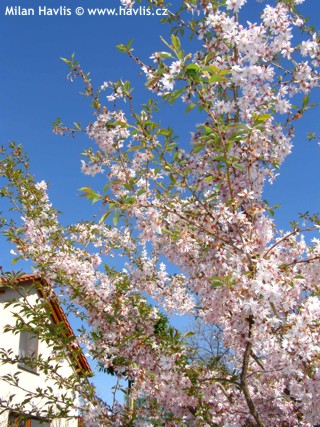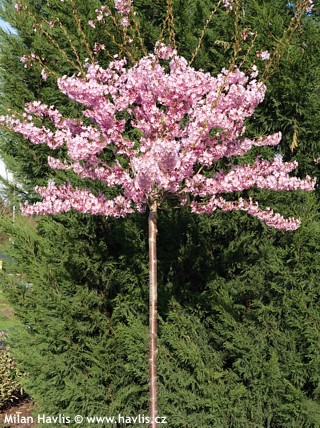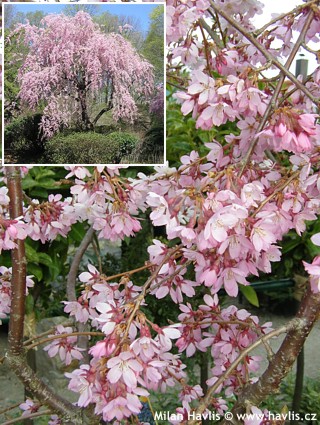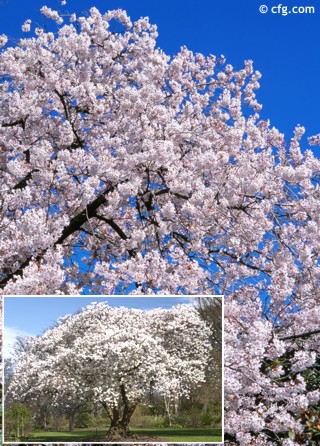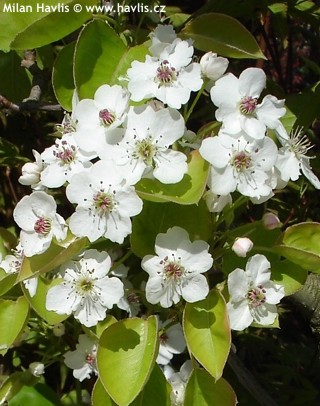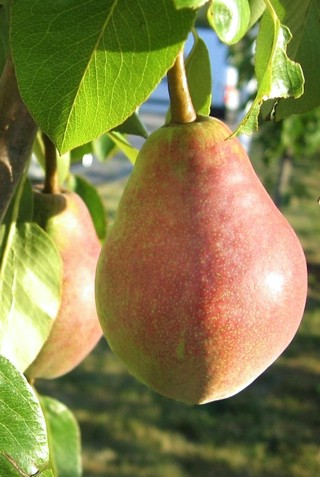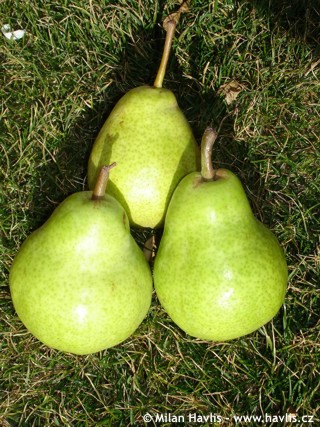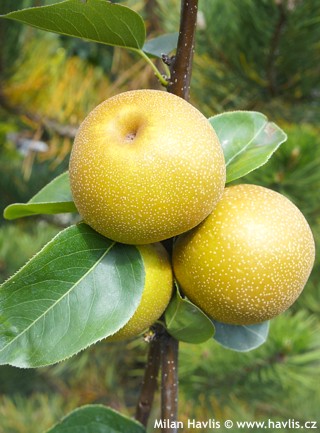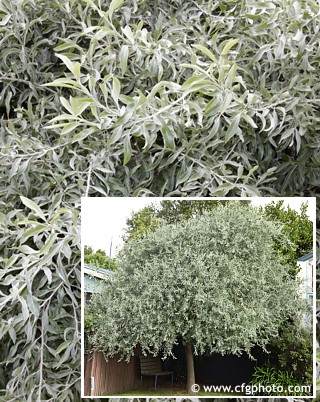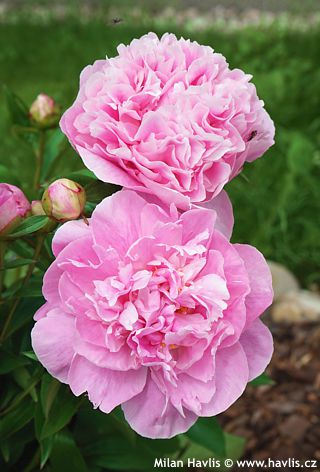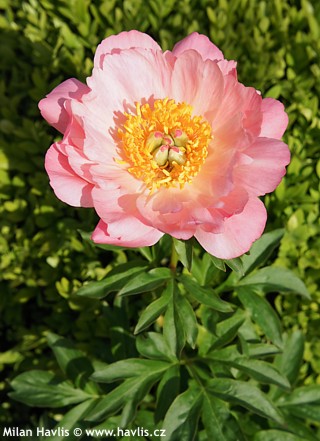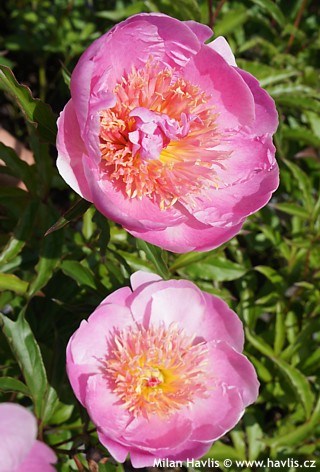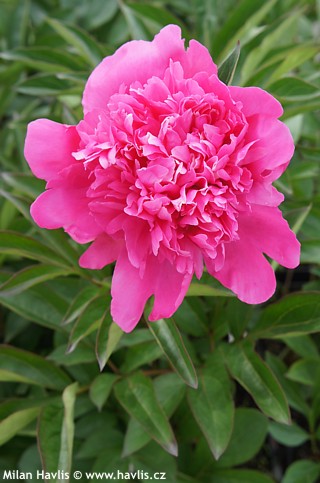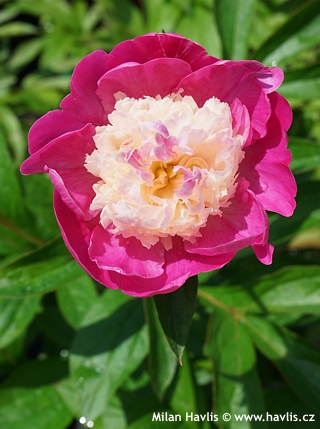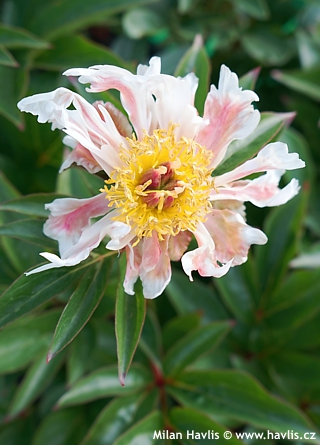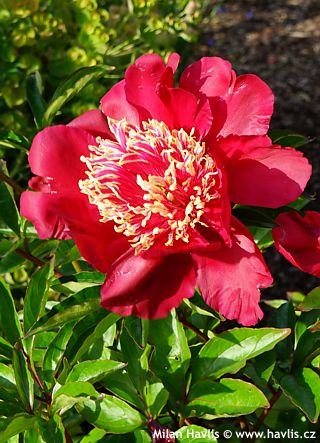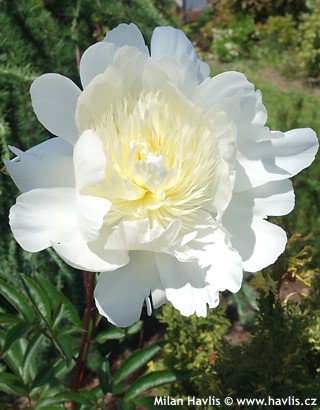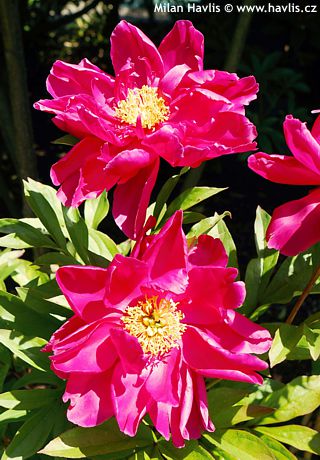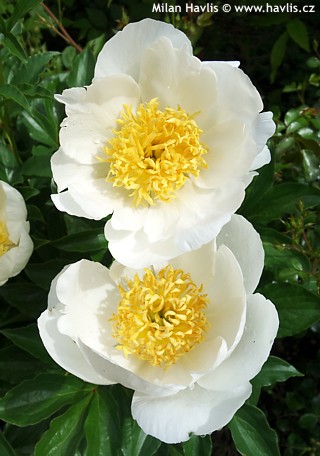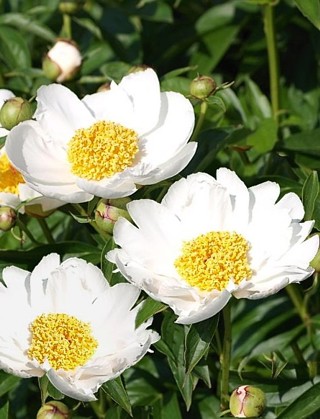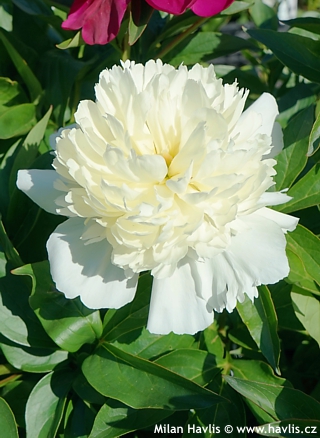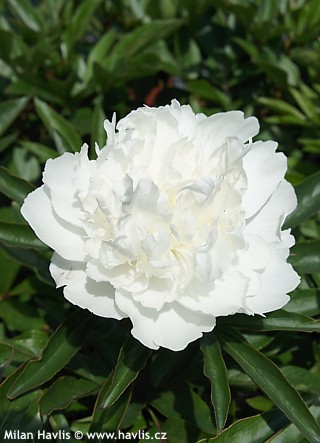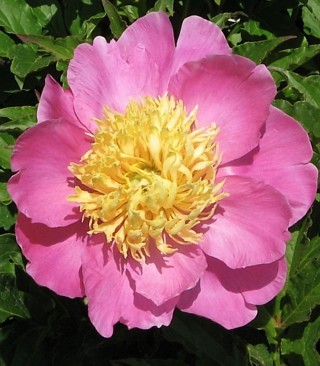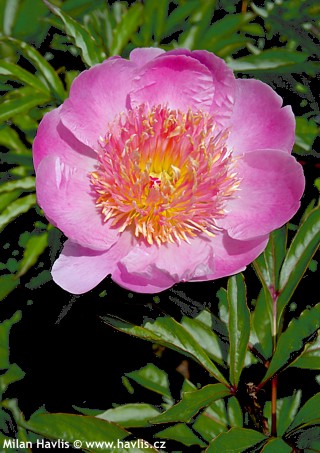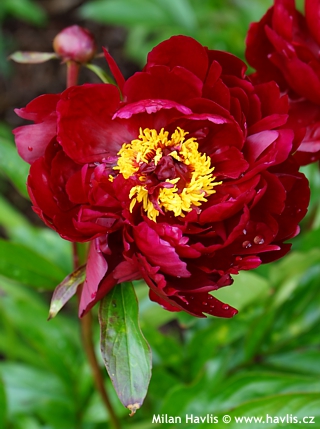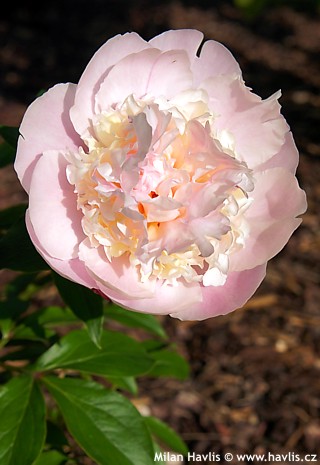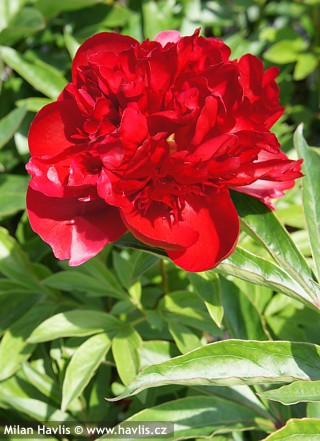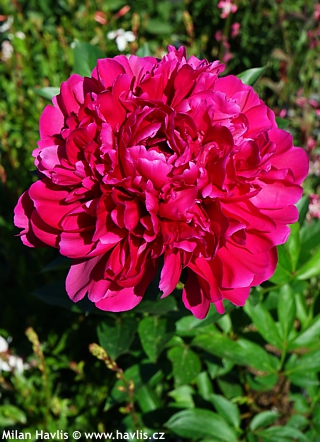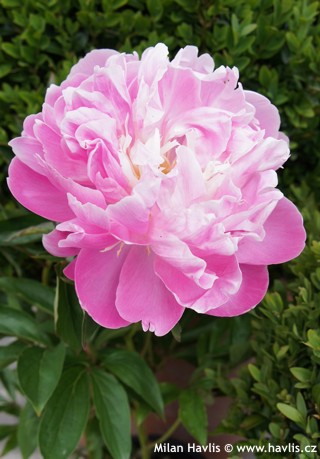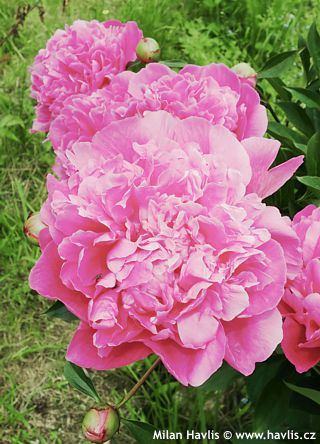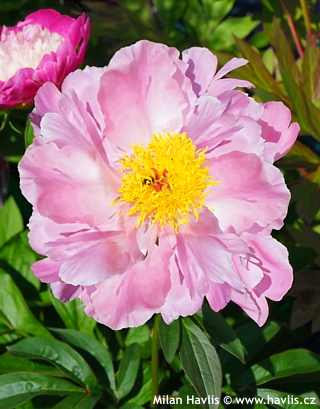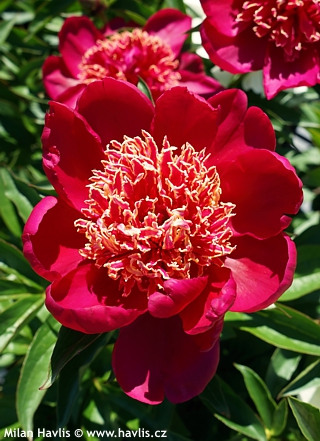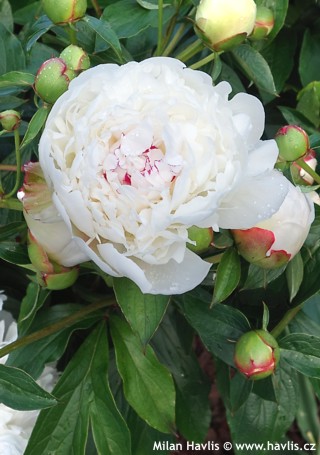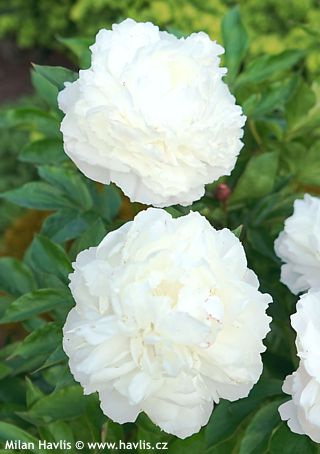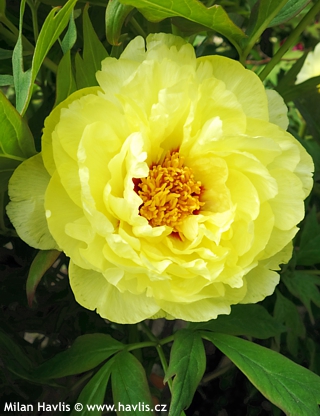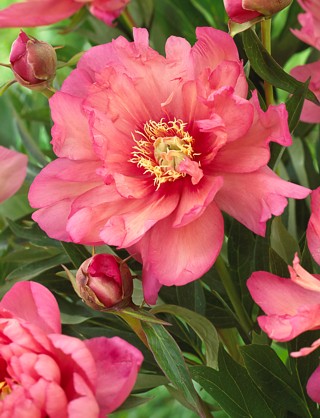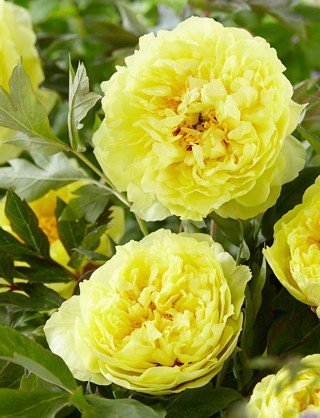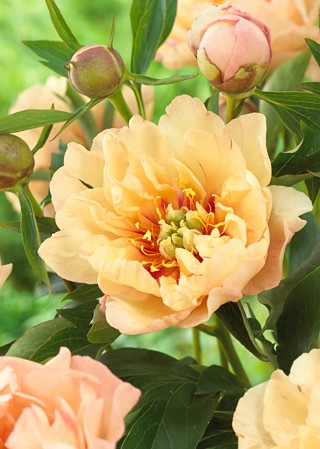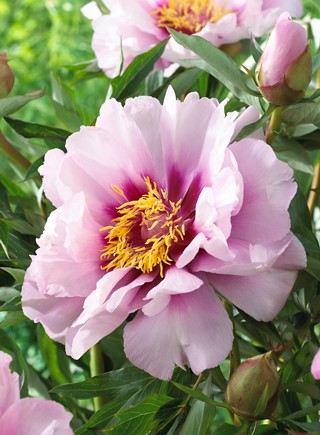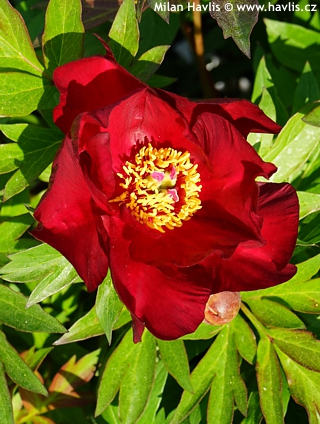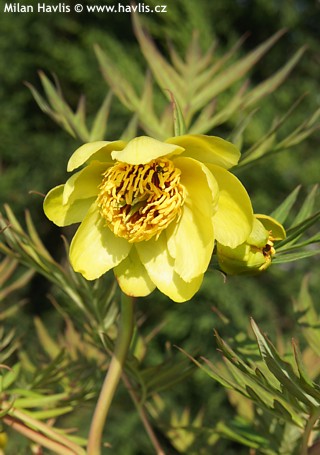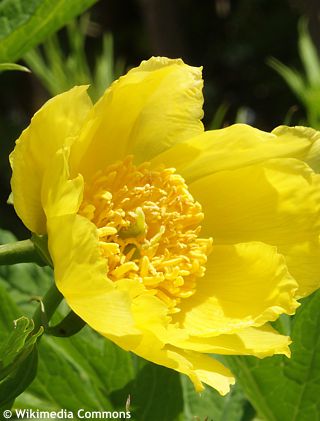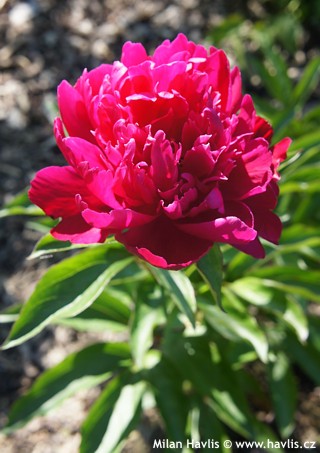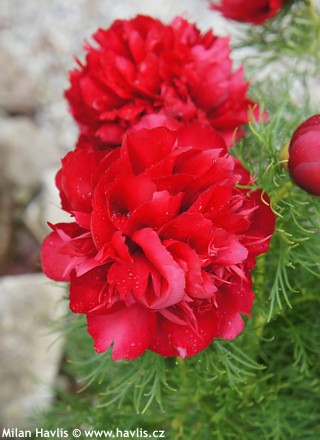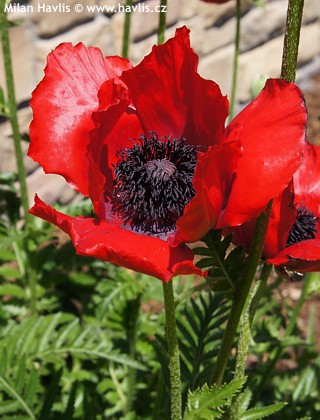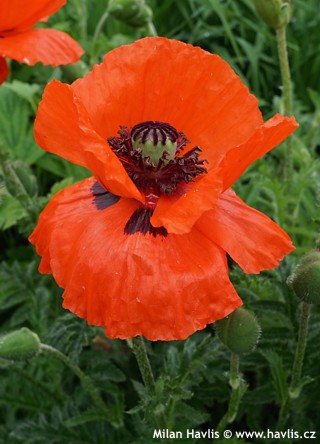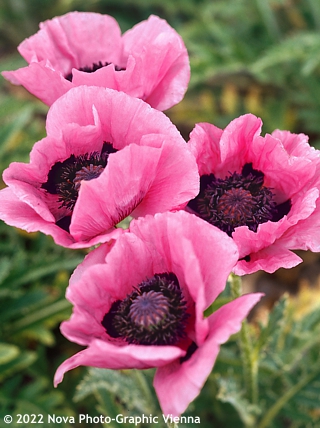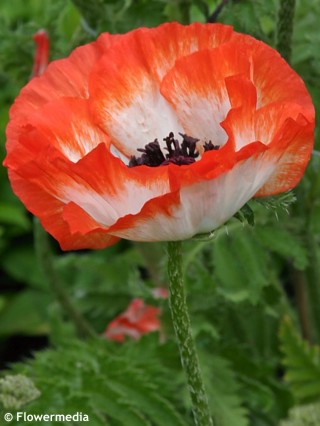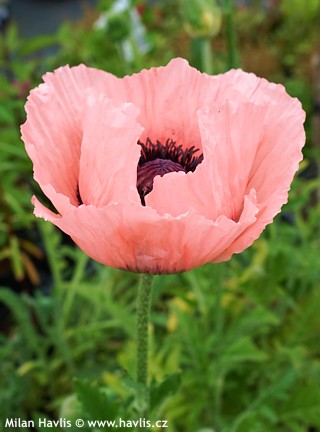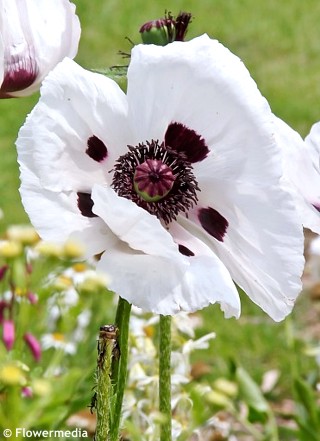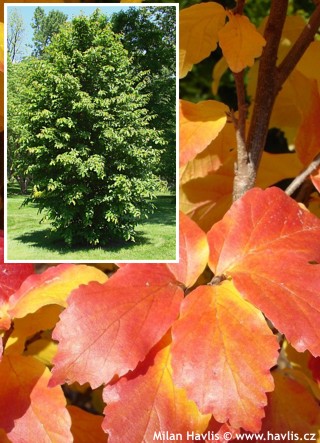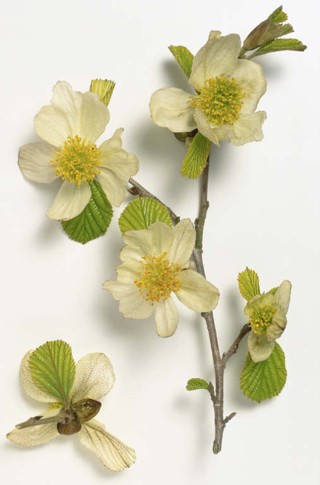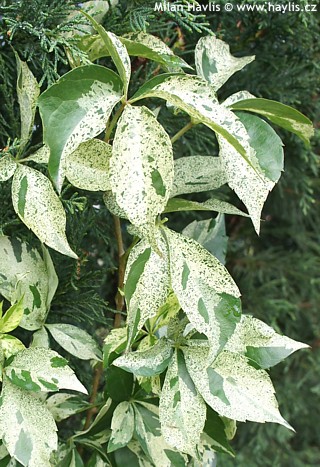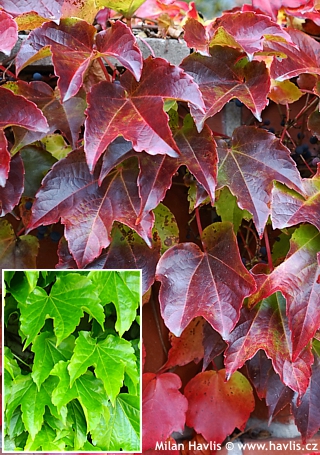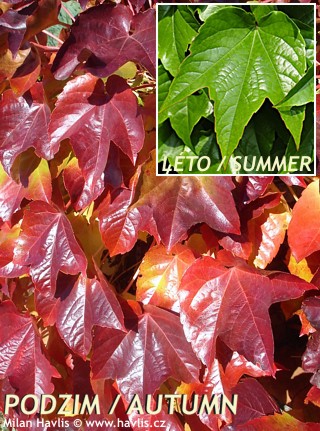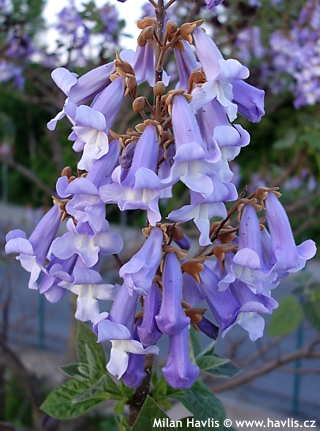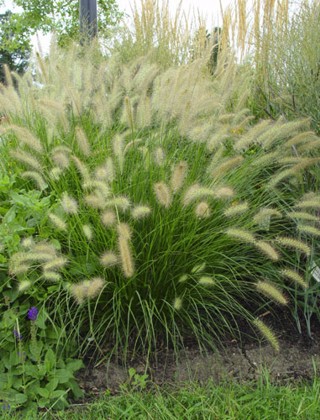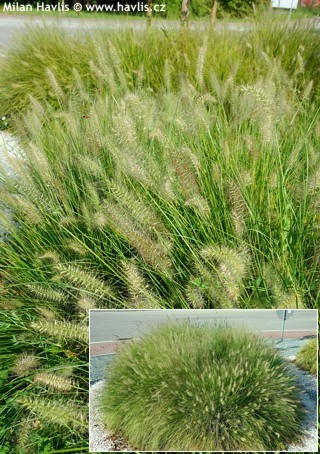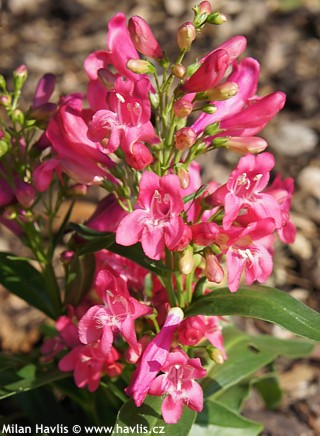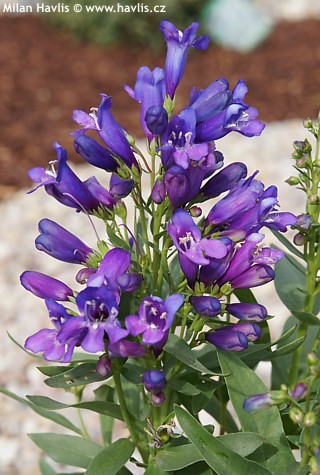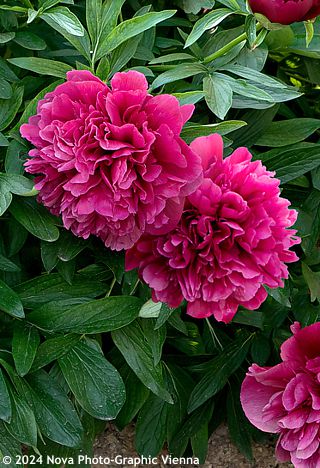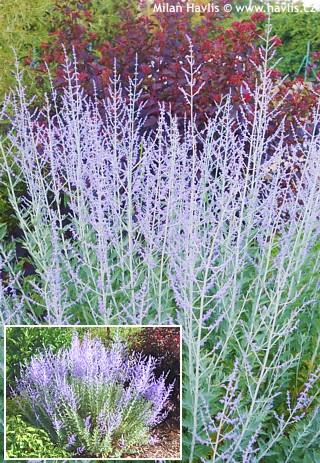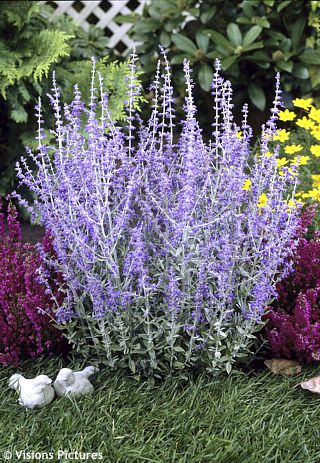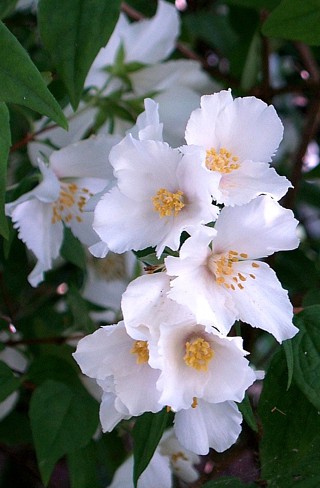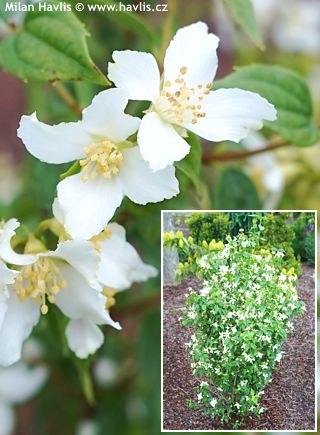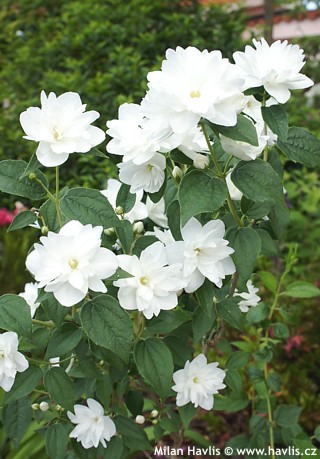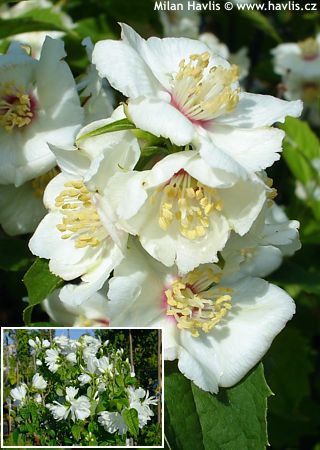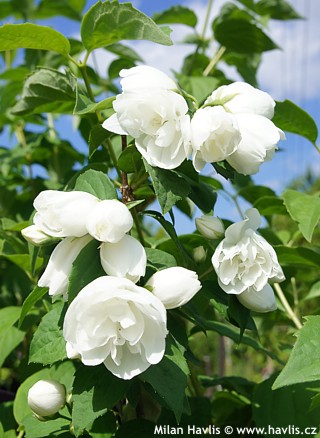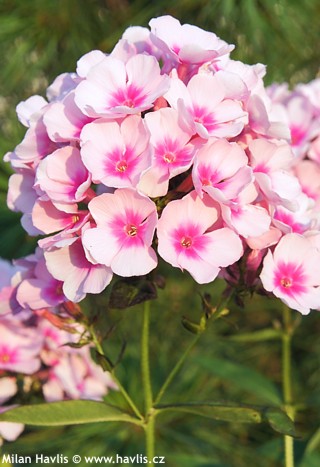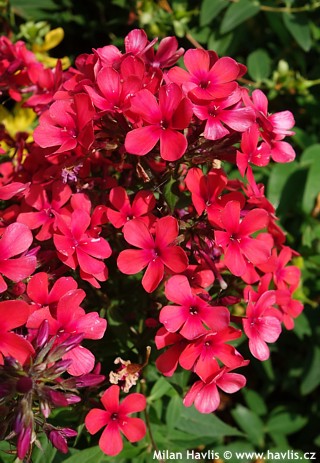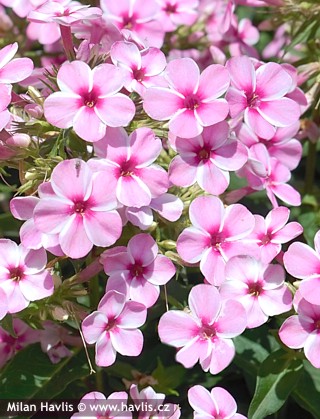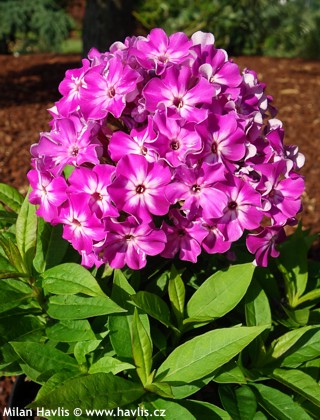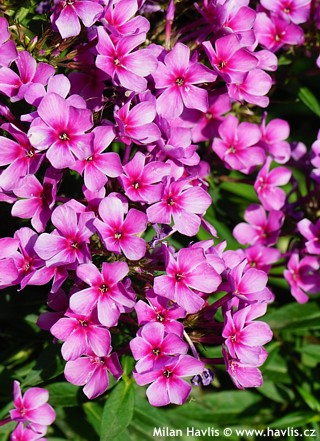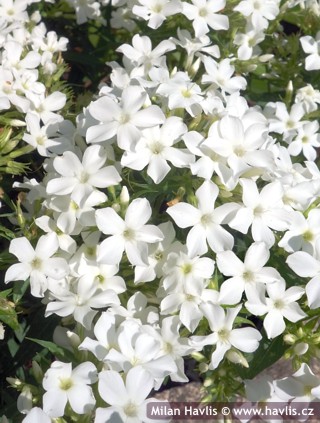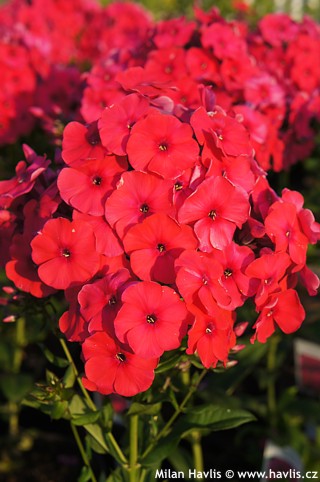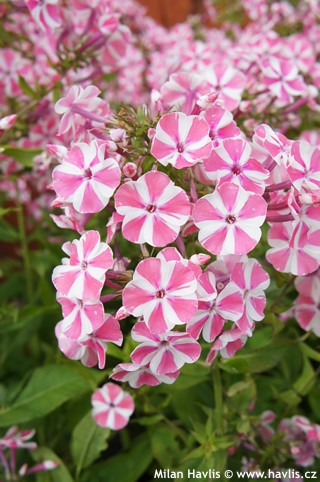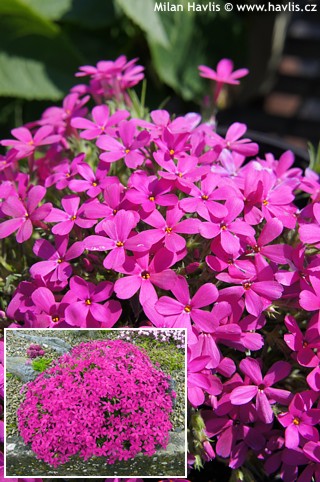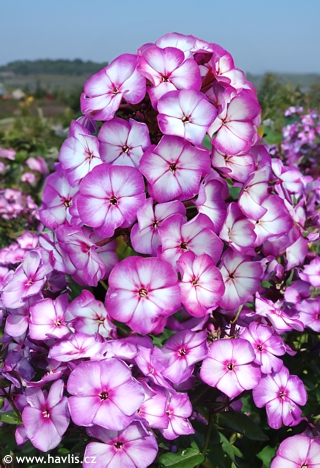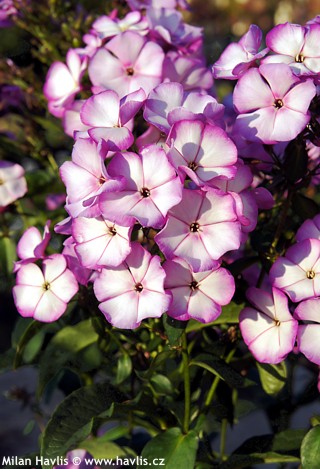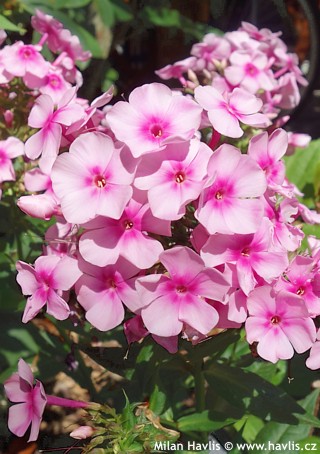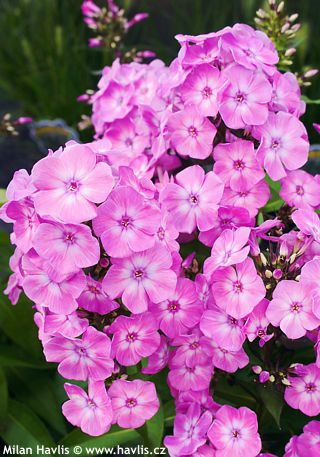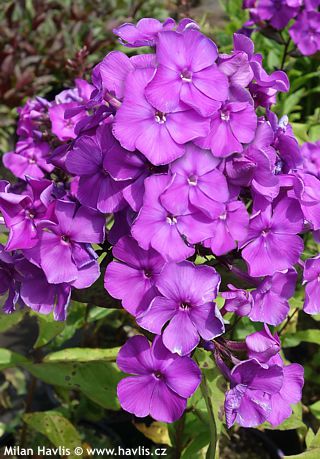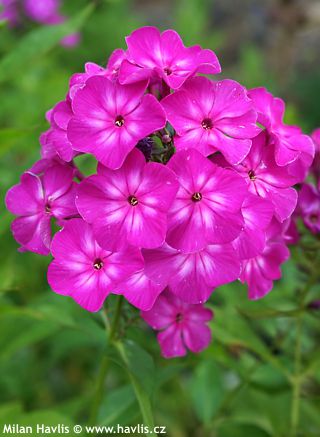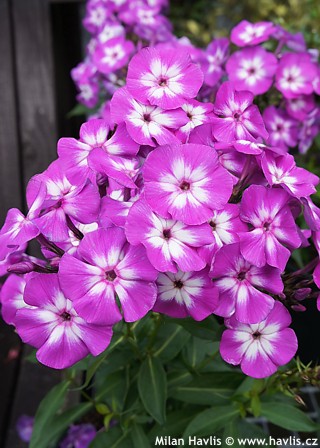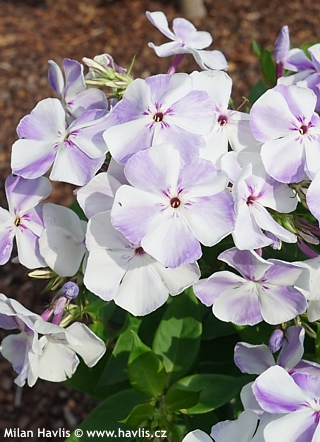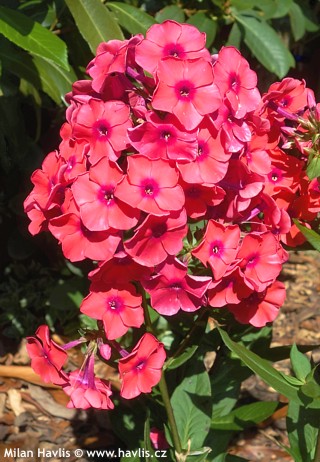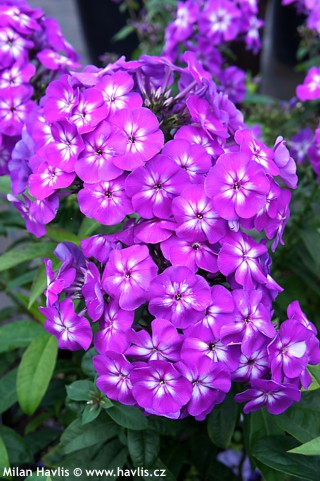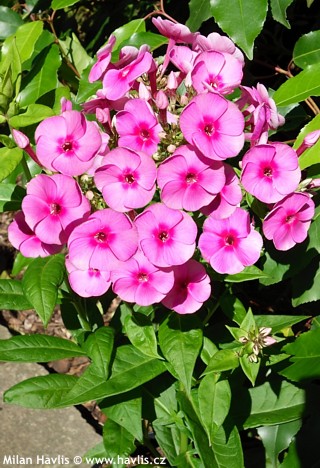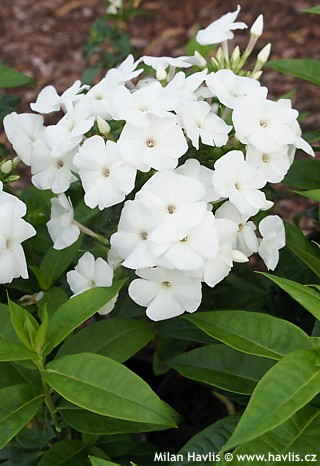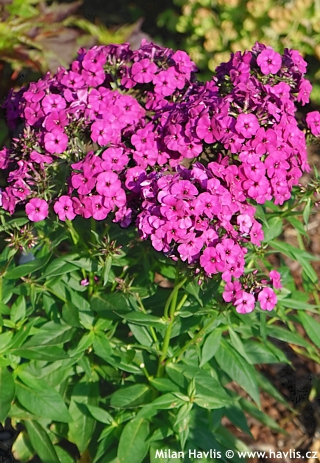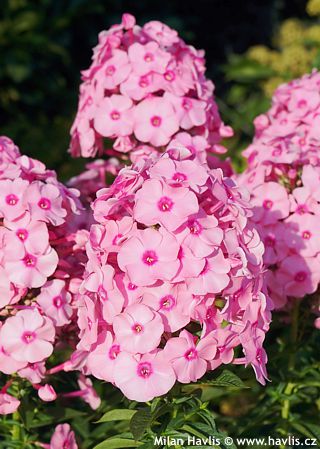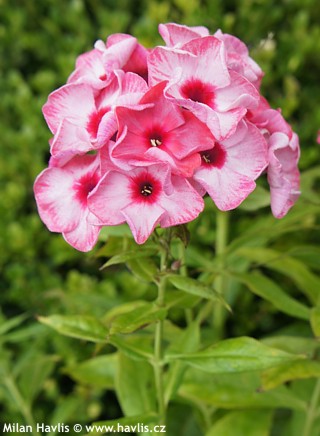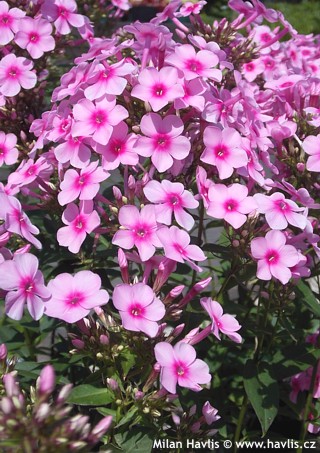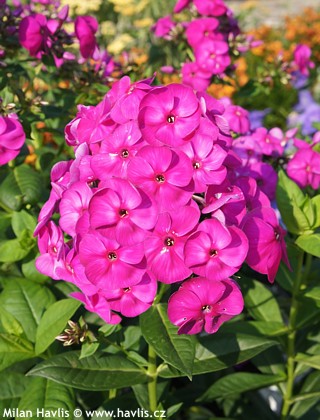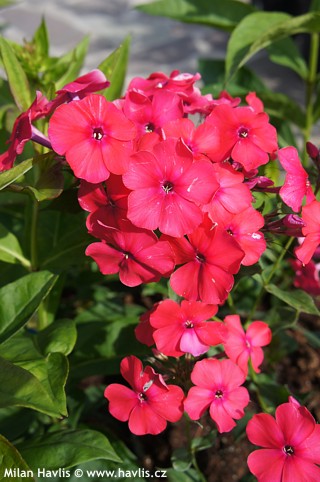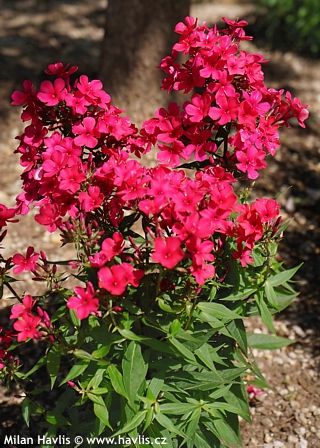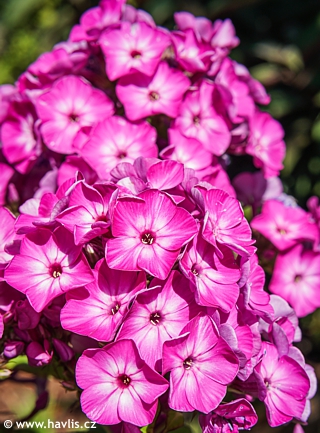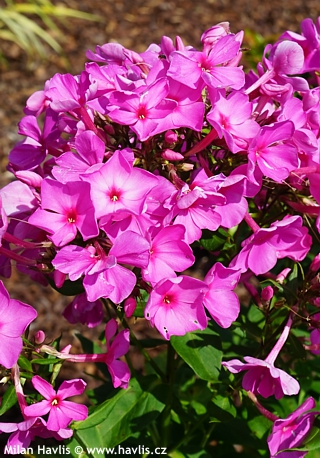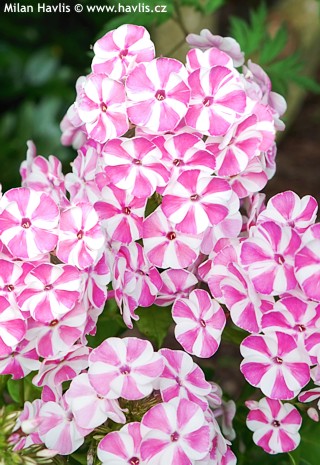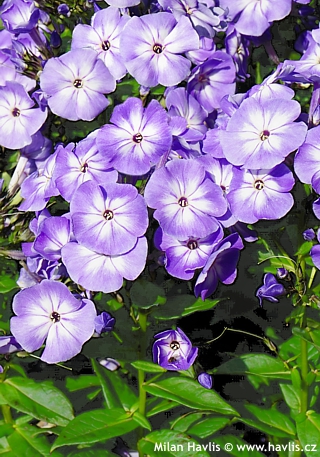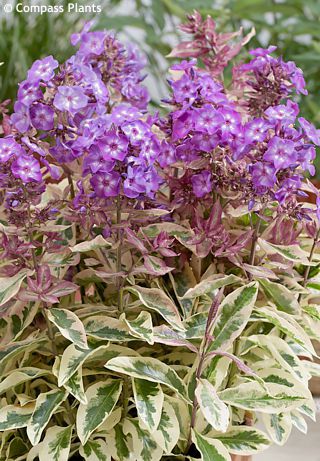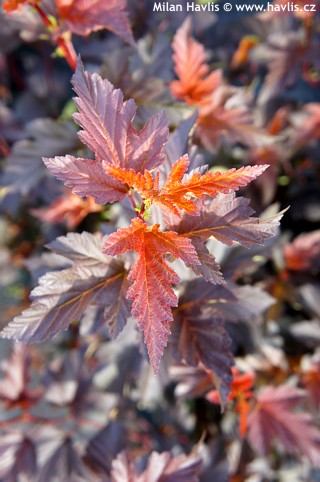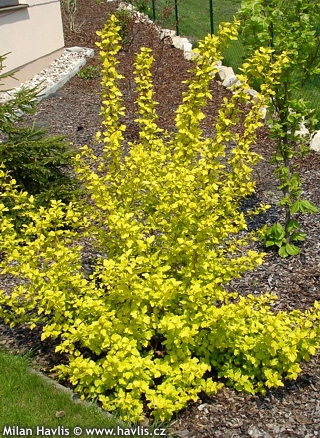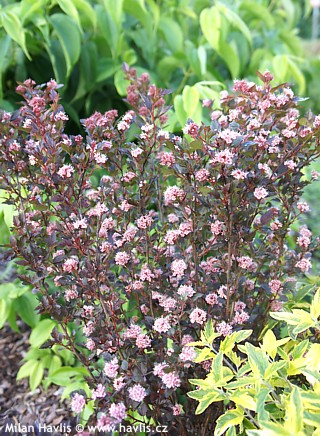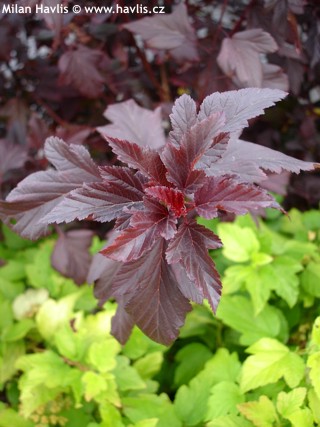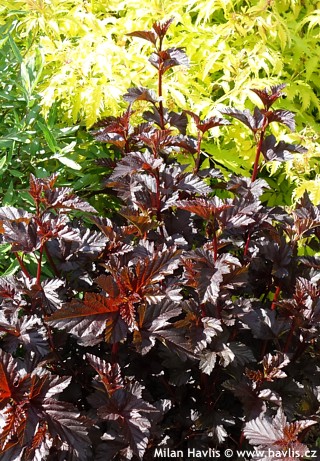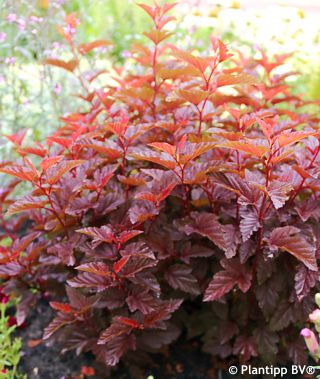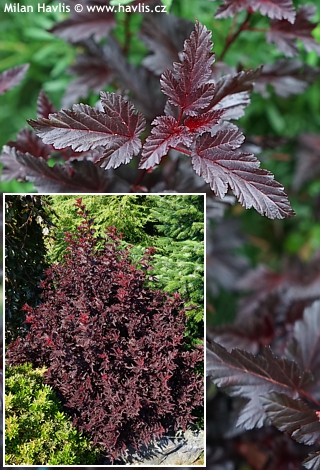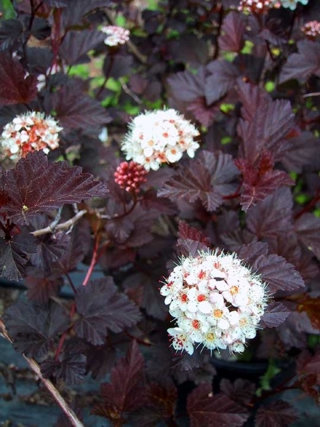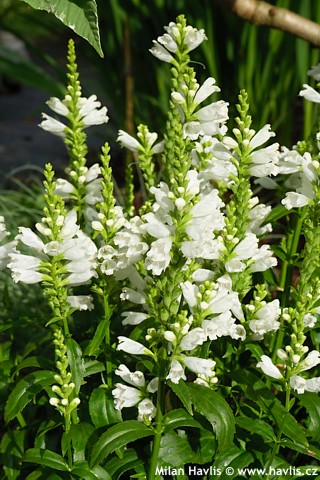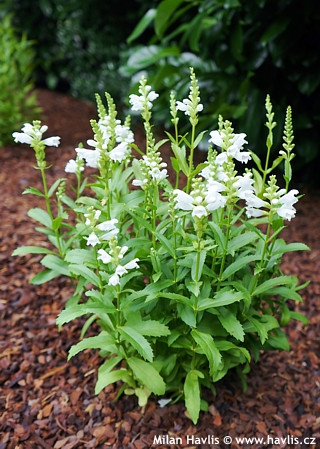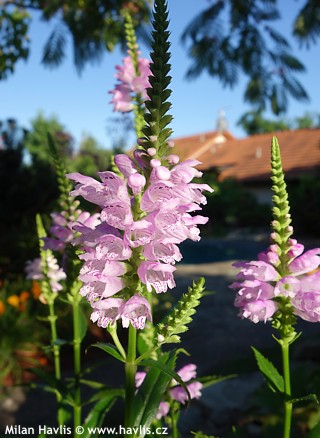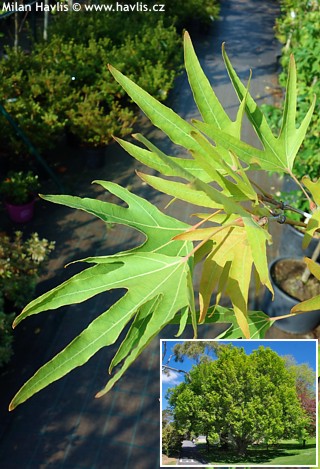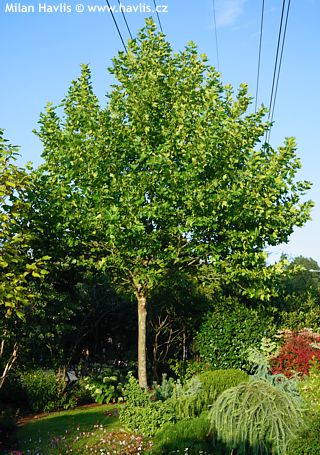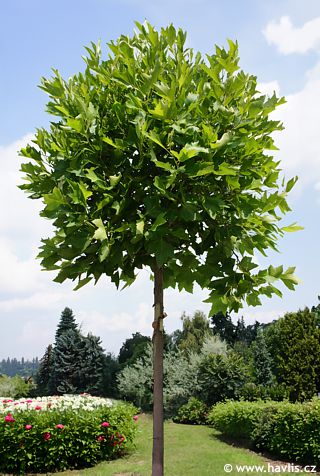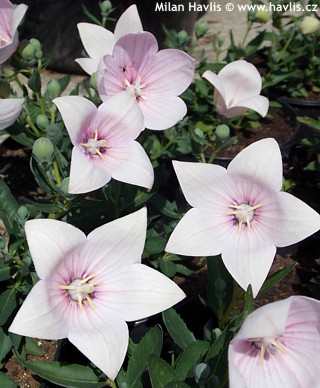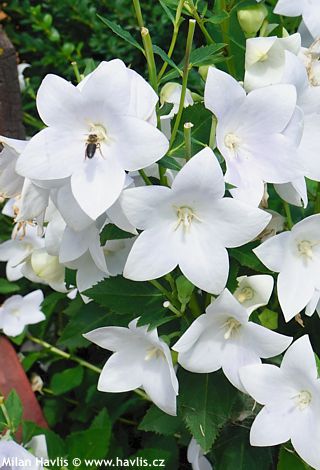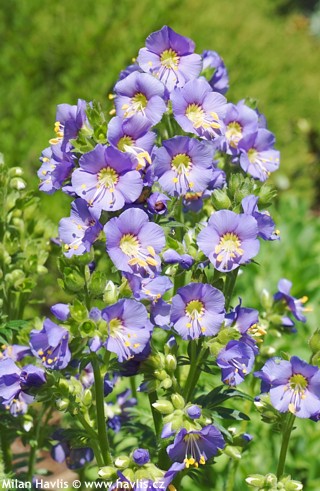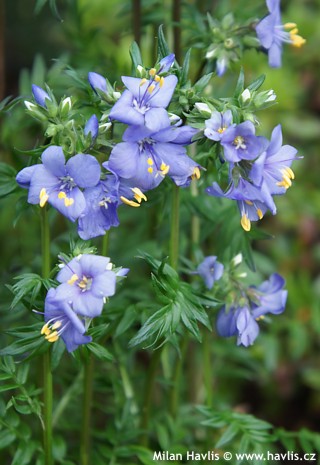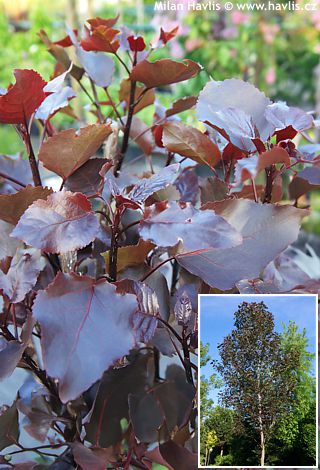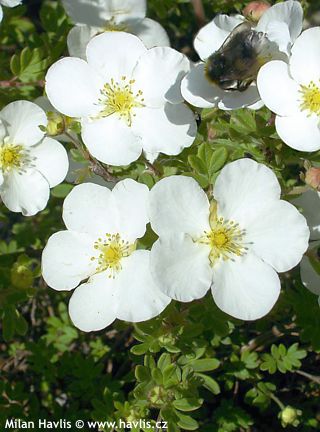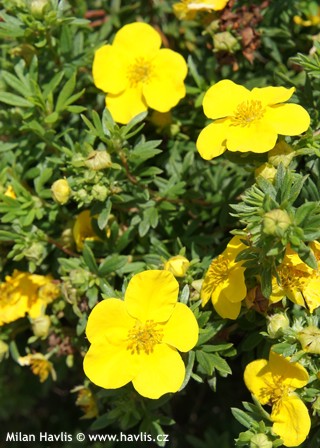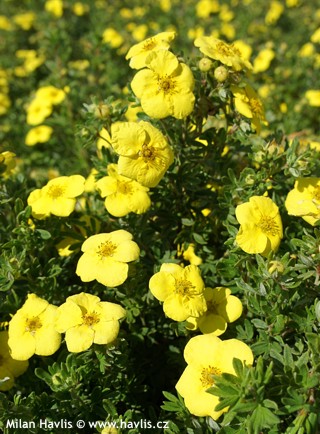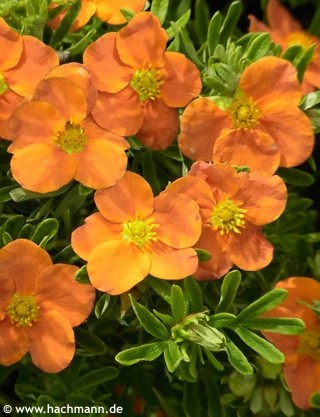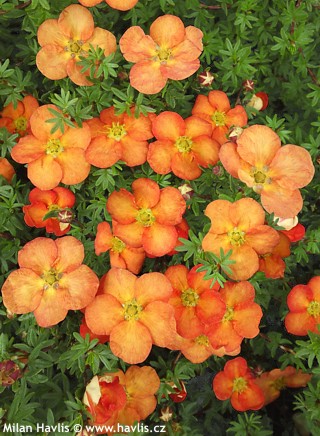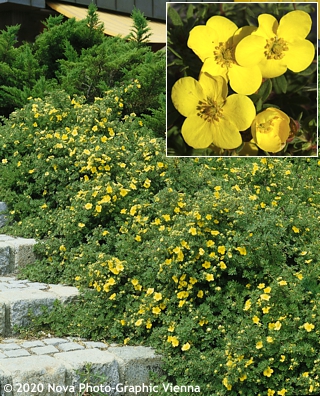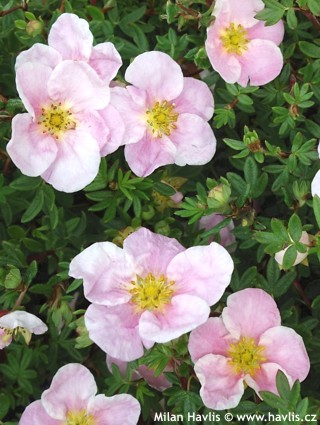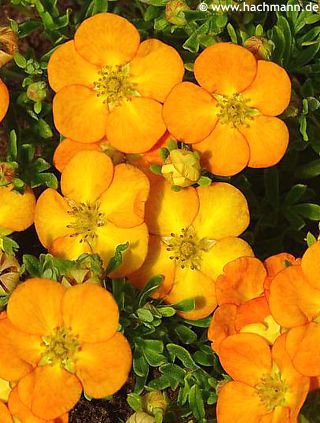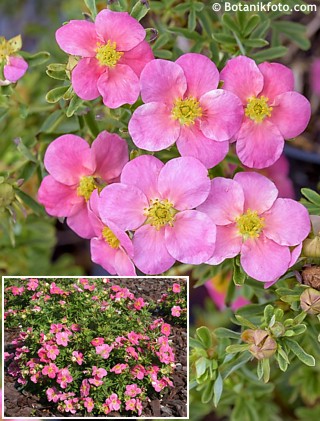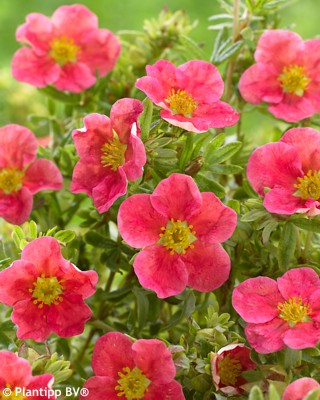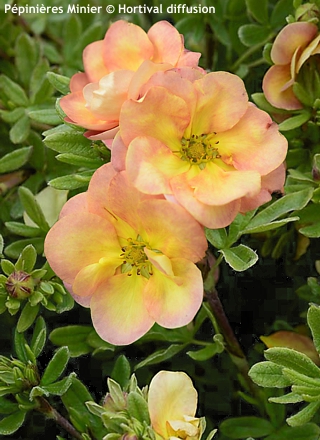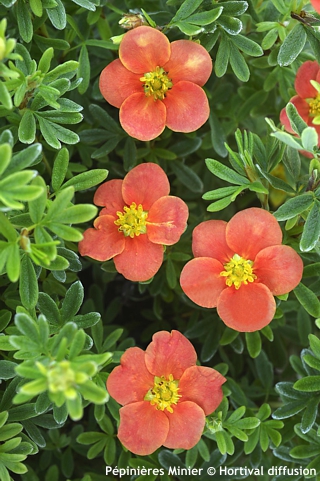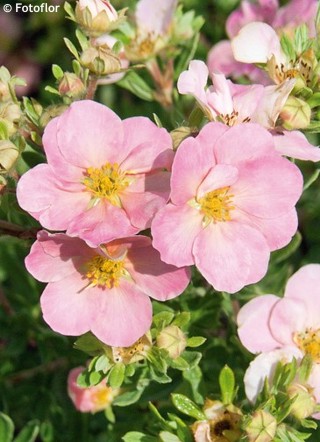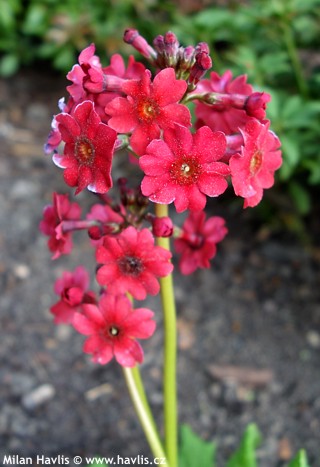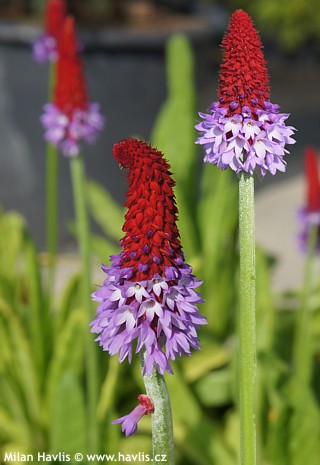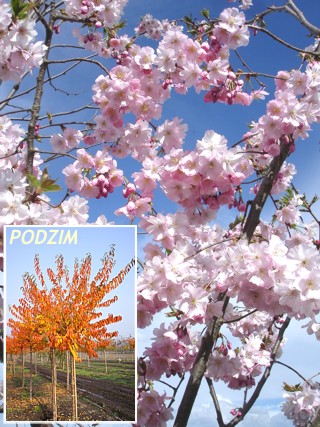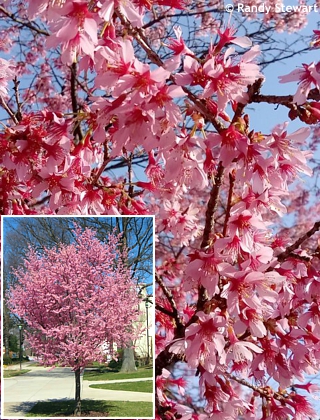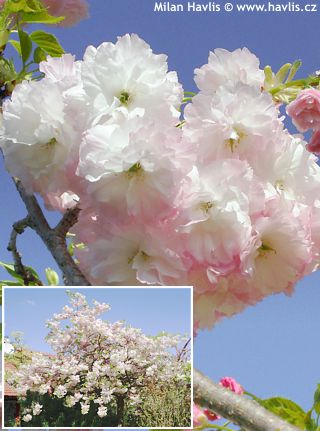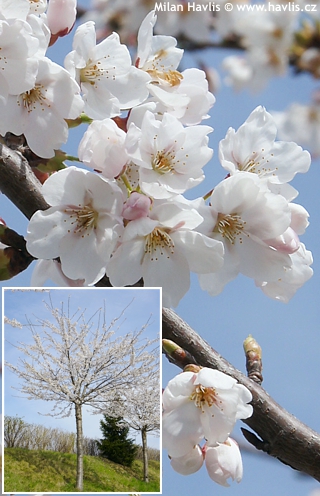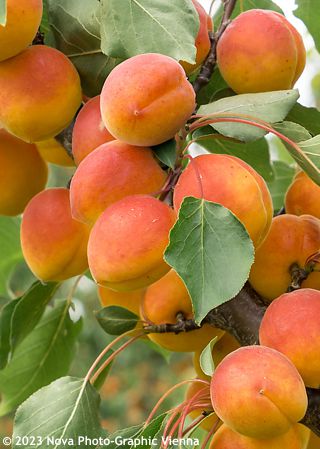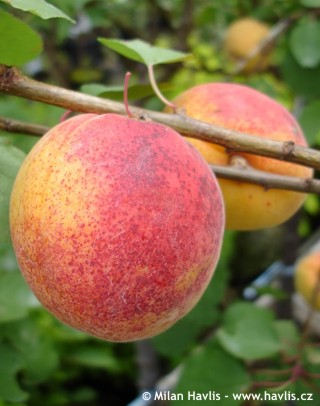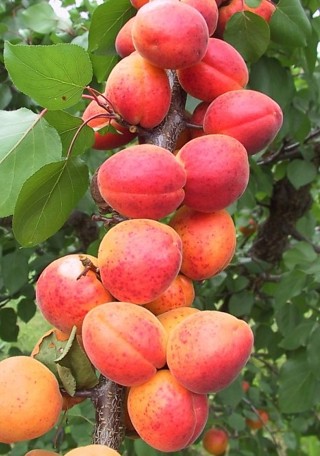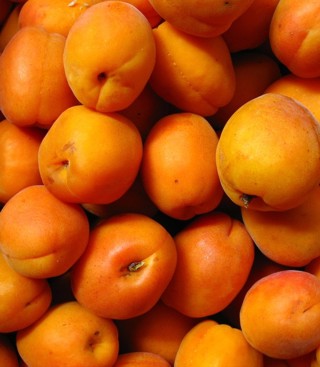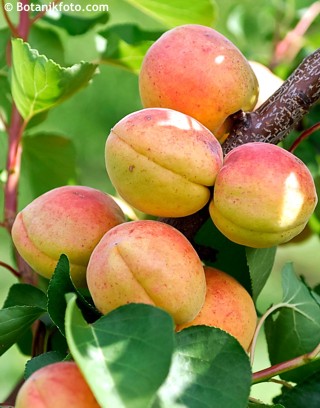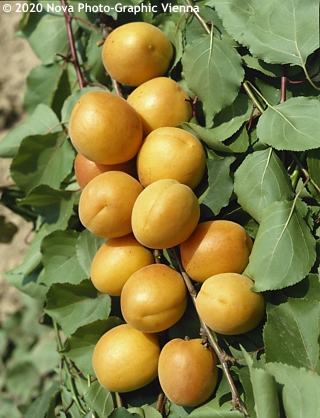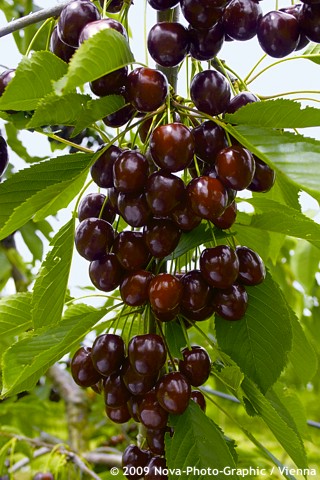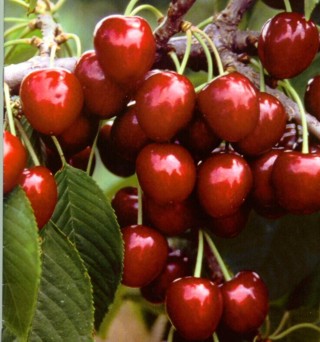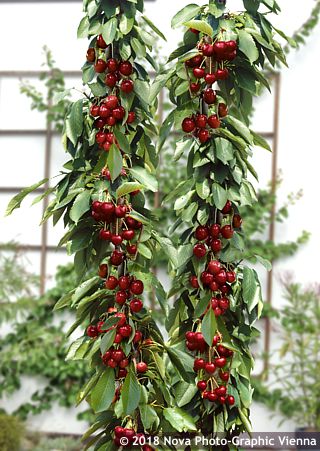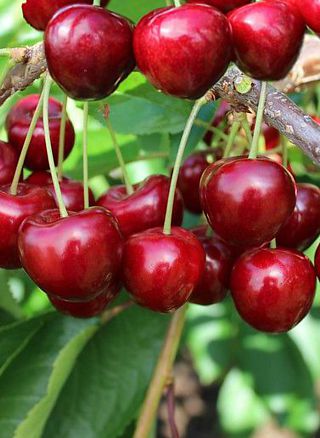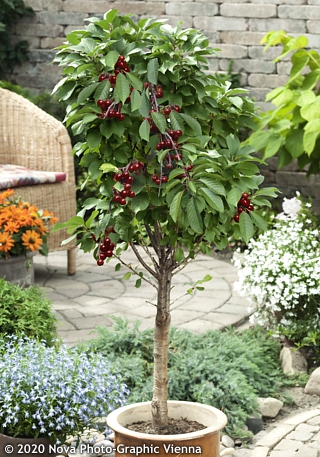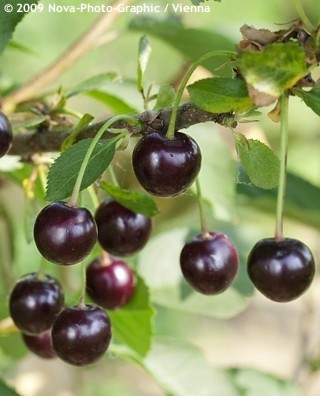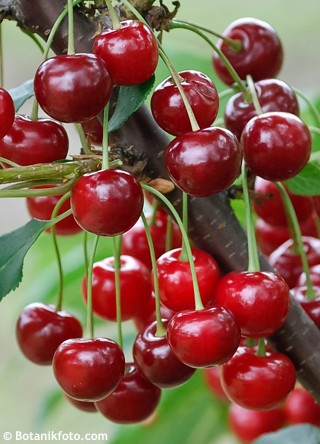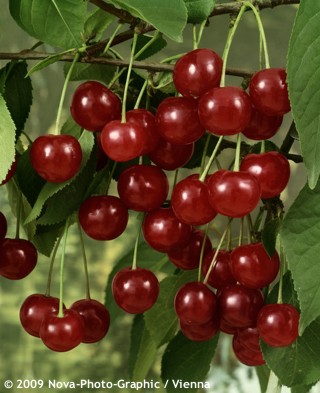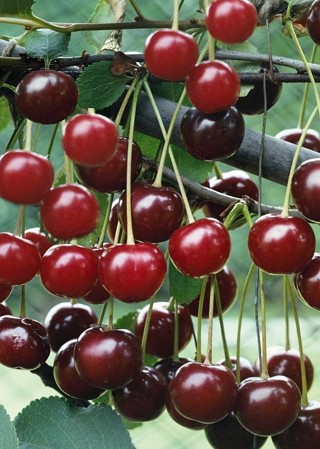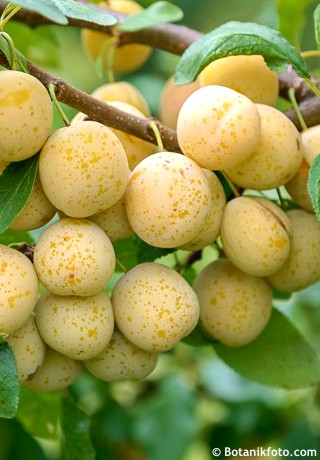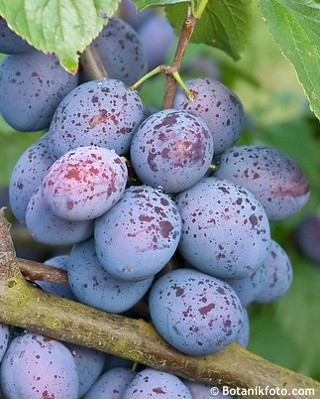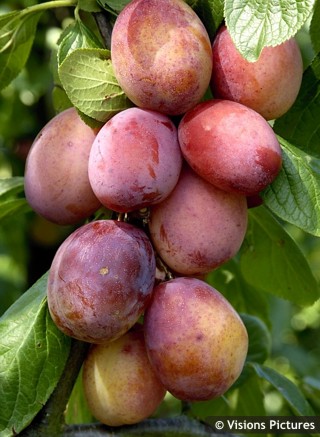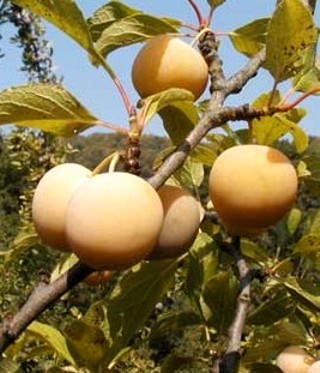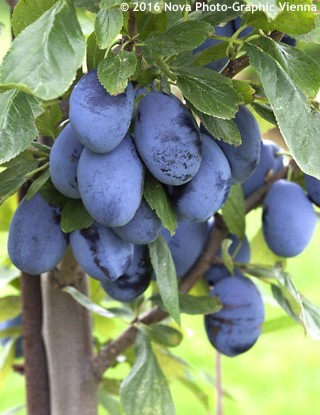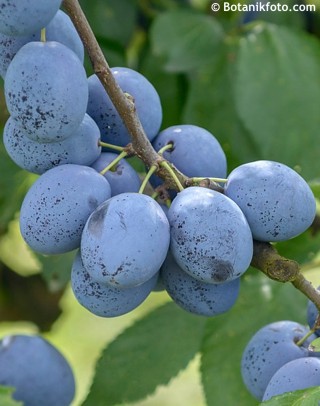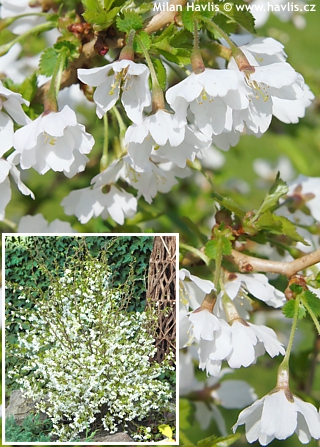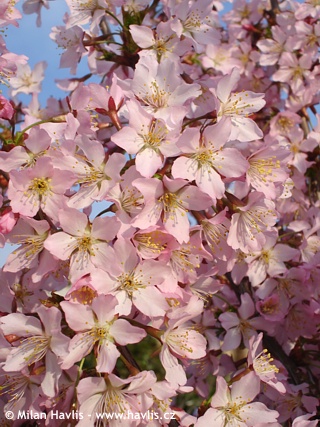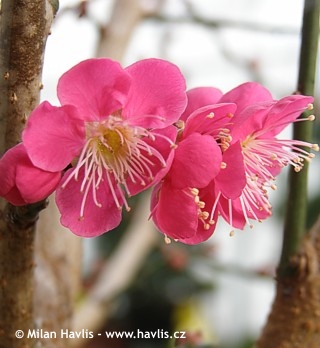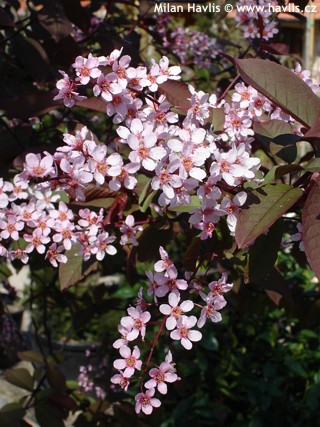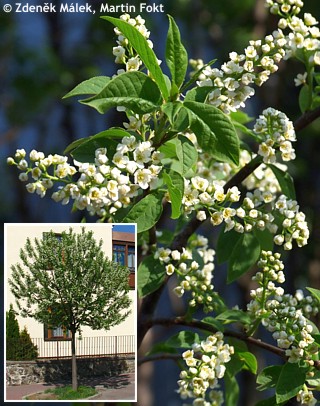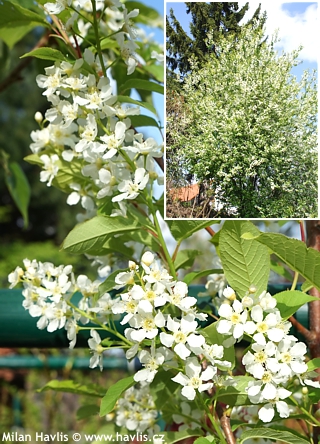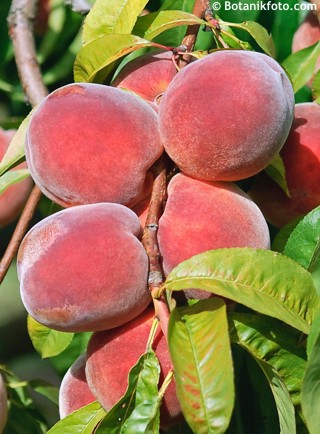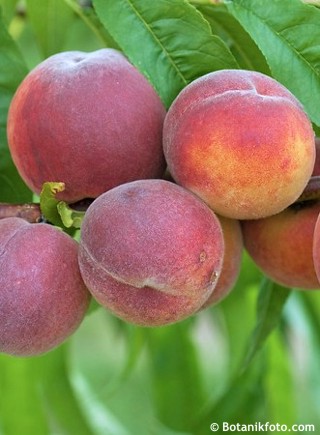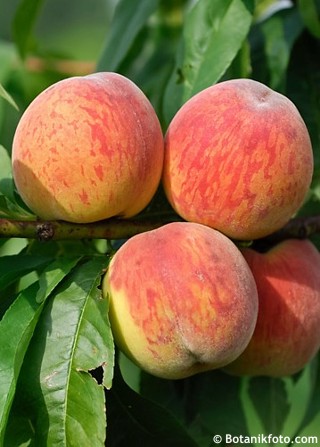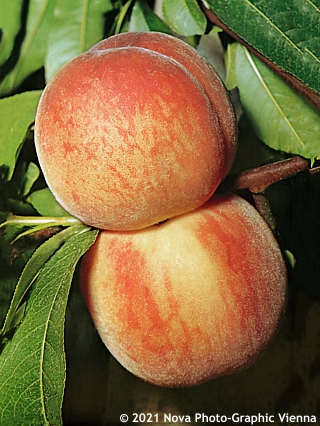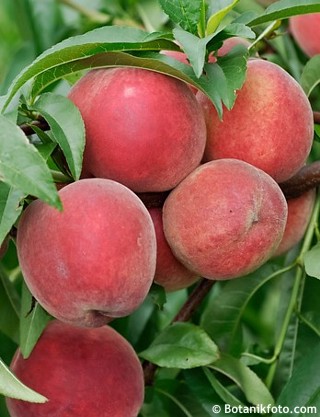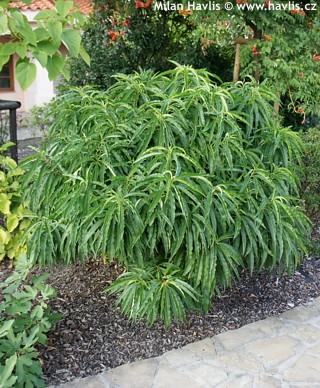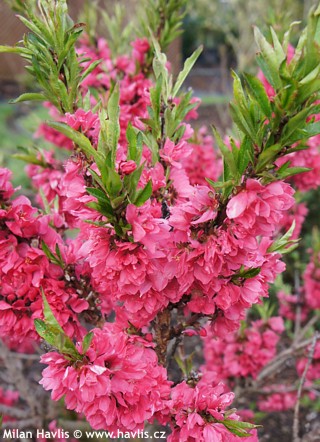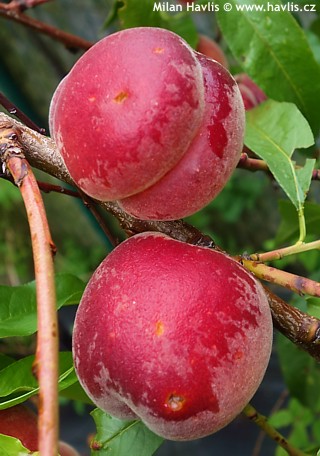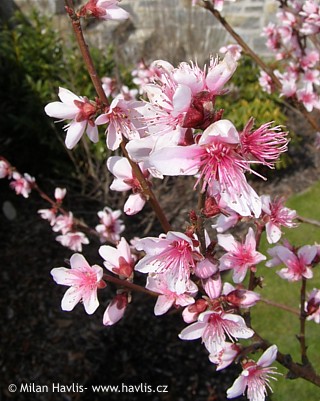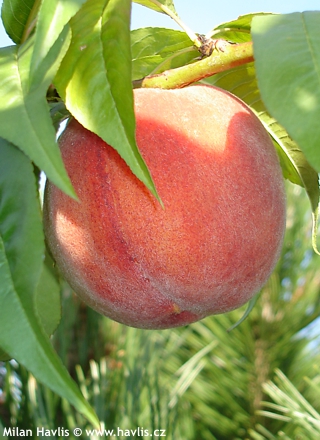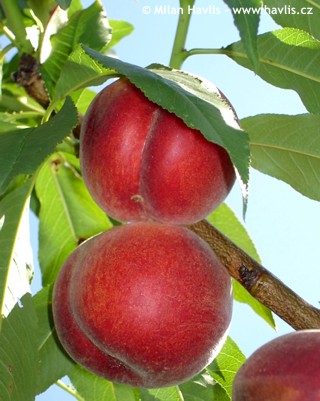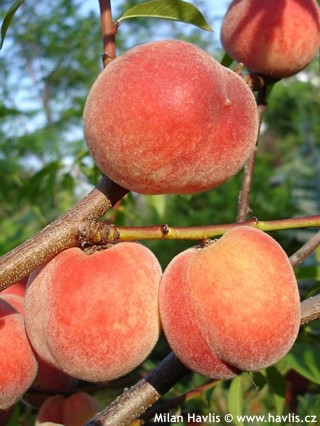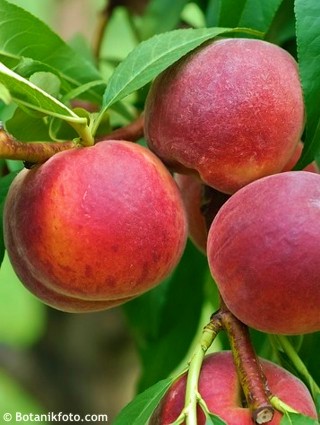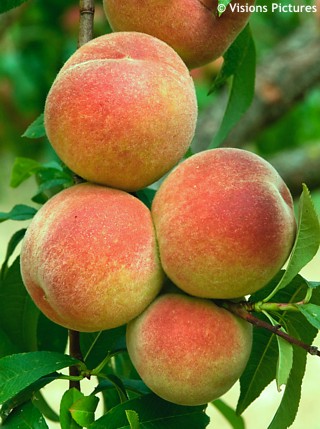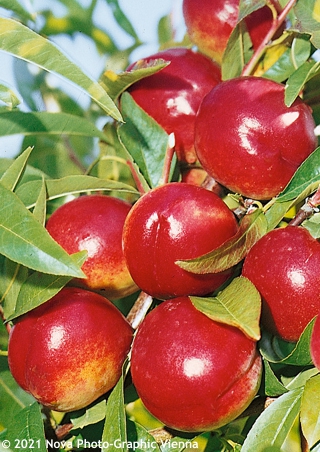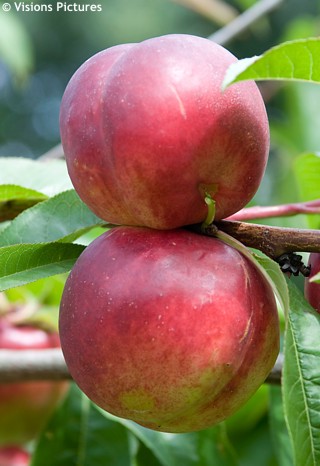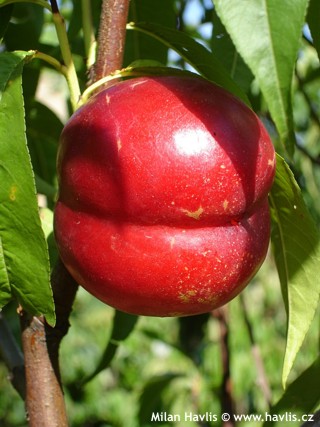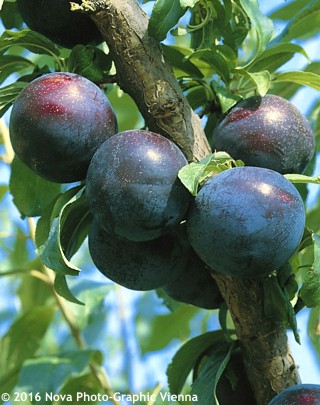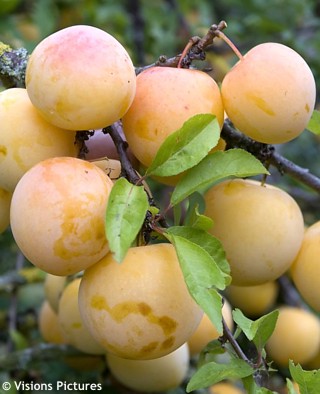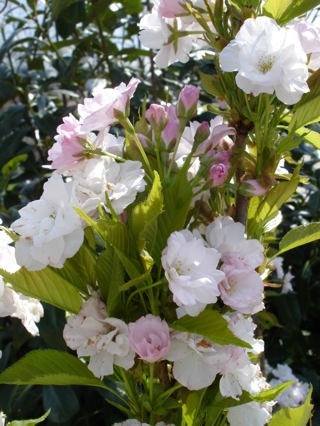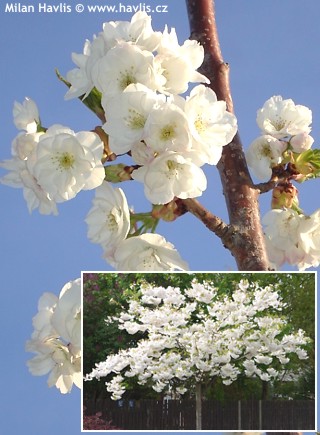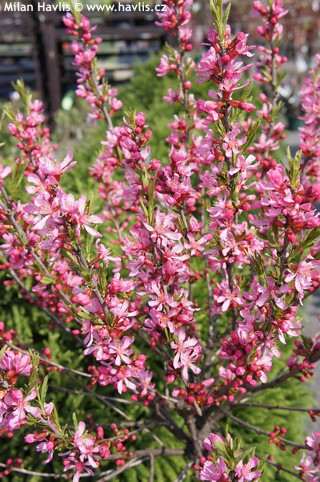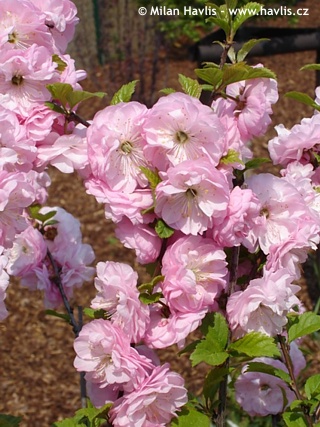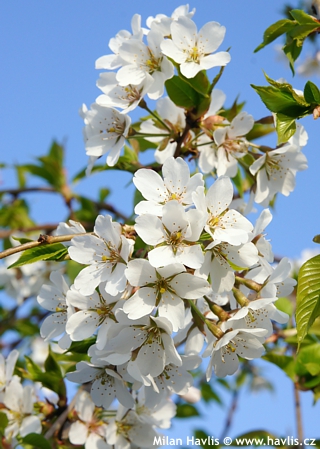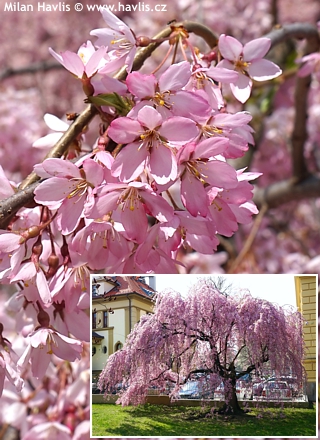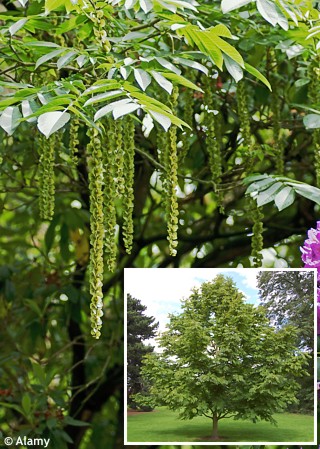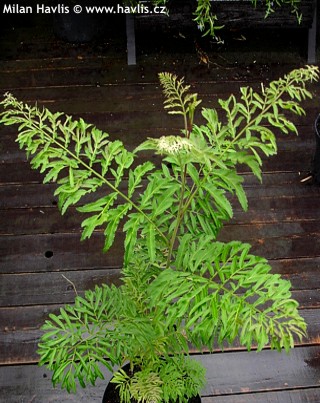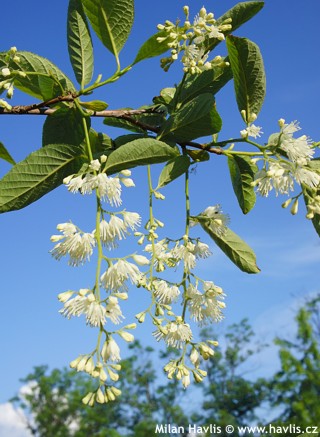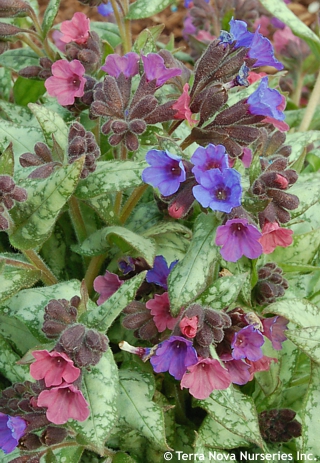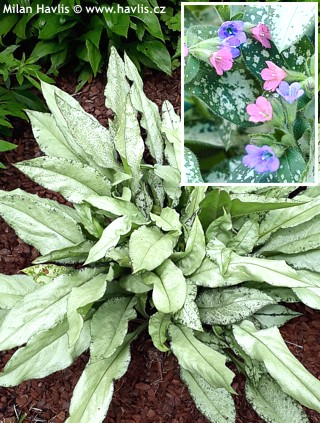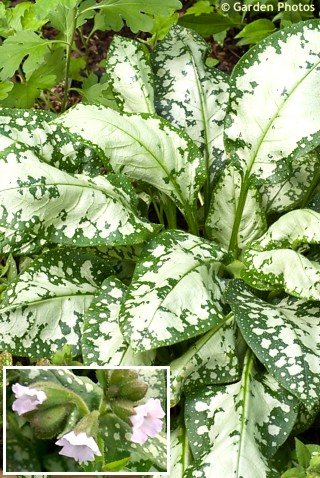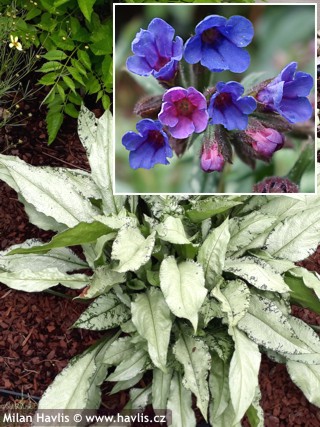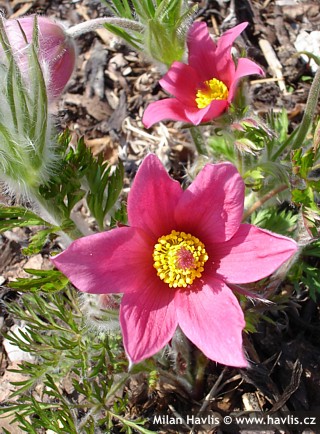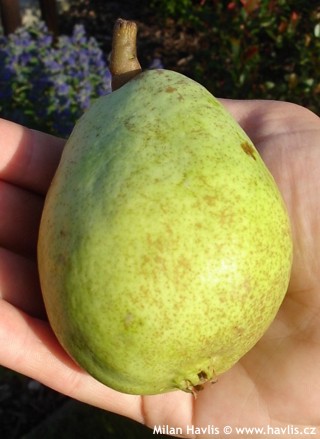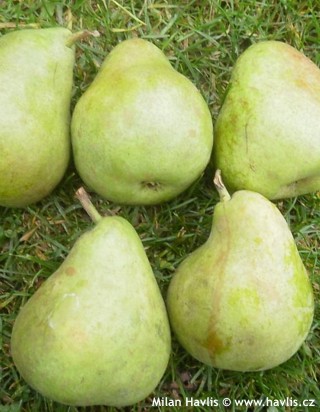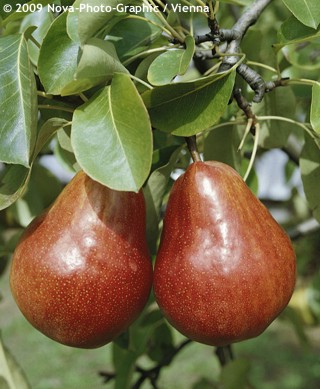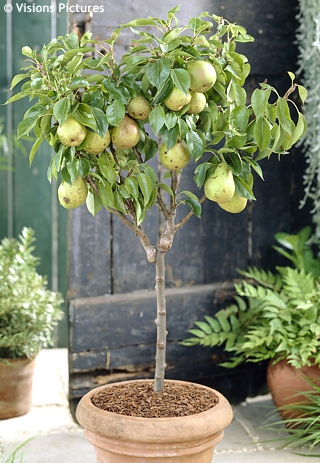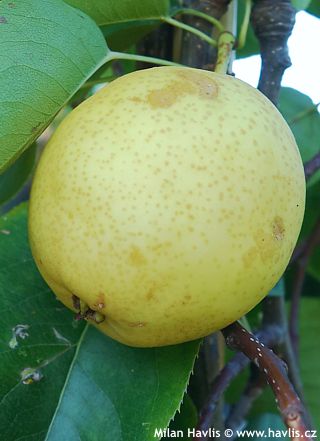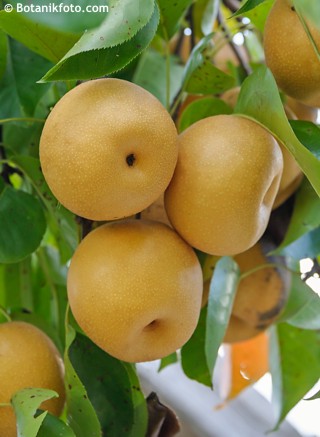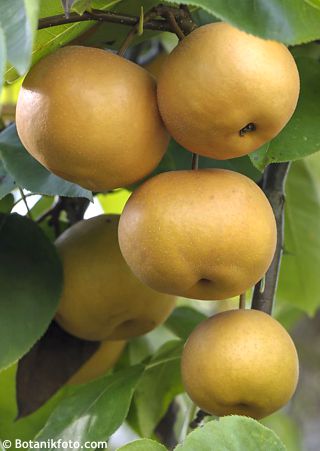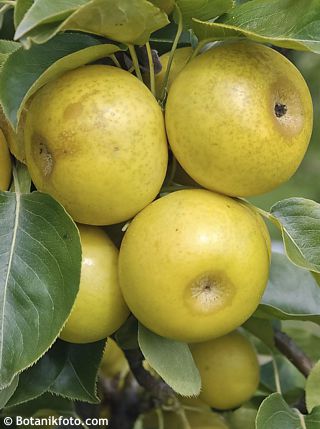CURRENTLY IN STOCK:
Bowl of Beauty is a fantastic perennial peony. The name not only says how gorgeous this variety is but also refers to the flower shape which is Japanese anemone-type: rounded at the bottom, not opening too wide, with a rich centre. The lower petals are magenta pink and contrast beautifully with the ...

VI - VII

0,8 - 1m

0,5 - 1m

full sun

4 (down to -34°C)

for zone 5+6

for zone 7
Enchanting Pink Elsa is a perennial peony from a Dutch series Fabulous Flowers®. It produces large, bowl-shaped, semi-double, fragrant flowers with pastel pink petals and numerous creamy white to light butter yellow dwarf sepals in the centre. Flowers appear from late May, atop 70-80 cm tall st ...

V - VI

0,7 - 0,8m

0,5 - 1m

full to partial sun

4 (down to -34°C)

for zone 5+6

for zone 7
Karl Rosenfield is both a variety name and the breeder's name of this gorgeous perennial peony from 1908. It produces large, fully double, rich purple red (but not warm red) flowers from late May. Flowers appear atop 80-90 cm tall stems from late May. Deciduous leaves are rather thick, deep green, g ...

V - VI

0,8 - 1m

0,5 - 1m

full sun

4 (down to -34°C)

for zone 5+6

for zone 7
Nippon Beauty is a midseason to late variety of herbaceous peony with Japanese peony-like flowers from mid to late June. They are dark ruby red with a profusion of red and yellow petaloids in the centre and look like large anemones. They are borne atop about 60 cm tall, strong stems that do not need ...

VI

0,5 - 0,6m

0,6 - 0,8m

full sun

4 (down to -34°C)

for zone 5+6

for zone 7
Nymphe is a French variety of perennial peony. It produces anemone-like flowers with a medium large bowl of soft pink petals, and numerous rich golden yellow stamens in the centre. Flowers are fragrant and appear atop 60-70 cm tall stems in late June. Deciduous leaves are rather thick, deep green, g ...

VI

0,6 - 0,8m

0,5 - 1m

full sun

4 (down to -34°C)

for zone 5+6

for zone 7
Shirley Temple (1928-2014) was an American actress and diplomat of great importance to former Czechoslovakia because in the years 1989-1992 she was a US ambassador here. Her name was chosen for a beautiful variety of perennial peony which boasts fully double, white flowers with an occasional purple ...

V - VI

0,6 - 0,8m

0,5 - 1m

full sun

for zone 5+6

for zone 7
Tree peonies are beautiful, woody shrubs. Unlike the perennial type, these make woody branches that slowly form a low, mounding shrub.
Flowers are large, often double or full, of all possible colours – white, cream, yellow, orange, various shades of pink, purple and red, even violet. Leaves a ...

V - VI

0,5 - 1m

0,5 - 1m

full to partial sun

5 (down to -29°C)

for zone 5+6

for zone 7
Fernleaf peony is a collector’s choice. This perennial peony is a true gem in any rockery or garden bed. It emerges in early spring with fern-like, finely divided, cut leaves that form a fluffy tuft from which comes out a spherical bud that will open into a lovely flower. It needs warm and sun ...

IV - V

0,2 - 0,4m

0,3 - 0,5m

full sun

2 (down to -45°C)

for zone 5+6

for zone 7
Heavy Metal is an upright variety of switch grass with pale green leaves with steel blue hues. In late summer appear fine, tan inflorescences which never overgrow the foliage level completely, and dance in the wind with the leaf tips. Young plants are columnar and the older and thicker the clump get ...

VIII - X

1 - 1,5m

0,8 - 1m

full sun

5 (down to -29°C)

for zone 5+6

for zone 7
Prairie Sky is considered the bluest among the very few switch grass varieties offering blue-green colour. Its flat, 1-2 cm wide leaves are upright, only tips are weeping. From late summer appear taller stems with large, sandy beige inflorescences showing off just above the foliage level.
Switch g ...

IX - X

1,3 - 1,8m

1 - 1,5m

full sun

5 (down to -29°C)

for zone 5+6

for zone 7
You can tell by the name where this medium sized tree comes from: former Persia (current Iran). Rather unusual tree maintains branches from the ground. It has moderate growth rate and does excellently in our climate. It can grow to 3-6 m. Attractive beech-like leaves are 7-13 cm long, bright grass g ...

5 - 12m

4 - 6m

full to partial sun

4 (down to -34°C)

for zone 5+6

for zone 7
One of the most magnificent trees of our climate comes from East Asia and is called the Princess Tree or Empress Tree or even Foxglove Tree. Its main feature is giant leaves which can be as much as 30 cm long and wide, very hairy, pale to deep green. Thanks to them empress trees are often mistaken f ...

V - VI

5 - 10m

2 - 6m

full sun

5b (down to -27°C)

for zone 5+6

for zone 7
Chinese fountain grass is an elegant feature to every garden. It has mid to dark green linear leaves growing in a thick cluster forming a shape of a fountain. From midsummer it produces yellow-green spike-like flowers which look like bottlebrushes. They are beige with some purple red overlay. Hameln ...

VIII - IX

0,5 - 0,6m

0,6 - 0,8m

full sun

5 (down to -29°C)

for zone 5+6

for zone 7
Red Head is a fountain grass selection by Brent Horvath of Intrinsic Perennials from Illinois, USA. It produces attractive smoky purple red spike-like flowers 20-25 cm long. They appear atop up to 1.5m tall stem and exhibit their beauty well arranged above the foliage level. Leaves are luxuriant gr ...

VIII - X

1 - 1,5m

1 - 1,5m

full sun

5 (down to -29°C)

for zone 5+6

for zone 7
LACEY BLUE perovskia is a fantastic plant offering an extremely long time of attractivity. It bears profusion of deep indigo-blue flowers that open up from hairy, violet buds. These buds appear from early summer and take quite some time before they let the flowers out which usually happens from mid ...

VII - IX

0,4 - 0,6m

0,5 - 0,8m

full sun

5 (down to -29°C)

for zone 5+6

for zone 7
Dark Red is a highly attractive variety of mountain fleece and is considered an improved version of Firetail, the original and very successful variety of similar appearance, just shorter flower spikes. It is a reliable perennial with large leaves and an incredibly long flowering period from July til ...

VII - IX

0,5 - 1m

0,3 - 0,6m

full to partial sun

4 (down to -34°C)

for zone 5+6

for zone 7
Amur Cork Tree is a beautiful specimen tree native to a large area around the Amur River in N.E. Asia - Manchuria, the Amur region in Russia, and Mongolia. Since the winter temperatures can drop to -40 °C there, no wonder that it is popular especially in countries with colder climates where it is pl ...

8 - 15m

8 - 15m

full sun

3 (down to -40°C)

for zone 5+6

for zone 7
Mock orange is a reliable and absolutely maintenance-free shrub of old European gardens. It is popular for its snow white flowers, in case of this hybrid they are medium-sized or large with slight purple shade in the centre. They come out in early or mid summer and release heavy fragrance that can h ...

VI - VII

1,5 - 2m

full to partial sun

5 (down to -29°C)

for zone 5+6

for zone 7
Mont Blanc is a reliable variety among dwarf mock oranges. From early summer it produces masses of pure white, cross-shaped, fragrant flowers. It forms a compact, rather small but dense shrub reaching only about one meter tall and wide. Deciduous leaves are narrowly ovate, 3 cm long, mid green.
Mo ...

VI - VII

0,5 - 1m

0,5 - 1m

full to partial sun

5 (down to -29°C)

for zone 5+6

for zone 7
Snowbelle is a dwarf mock orange with a profusion of snow white, sweetly fragrant, double flowers already from early June. It grows moderately into an upright and compact shrub, about 1.3m tall and wide. Deciduous leaves are narrowly ovate, 4-5 cm long, mid green.
Pruning is not necessary but can b ...

VI

0,8 - 1,3m

0,8 - 1,3m

full to partial sun

4 (down to -34°C)

for zone 5+6

for zone 7
LILAC STAR FLAME is another perennial phlox from the FLAME series developed by a phlox specialist Gosen Bartels from the Netherlands. It is not a glowing beacon like many other purple-coloured phlox varieties. This one is subtle and very elegant, yet conspicuous with its understated beauty. Its flow ...

VI - VIII

0,5 - 0,6m

0,3 - 0,5m

full to partial sun

4 (down to -34°C)

for zone 5+6

for zone 7
Oriental photinia is a heavily underutilized hardy shrub that is still very rare both in gardens as well as European garden centres. This deciduous shrub is native to Korea, China, and Japan. Although the evergreen sisters of this photinia are more commercially successful we would like to introduce ...

VI - VI

2 - 3,5m

2 - 3,5m

full to partial sun

4 (down to -34°C)

for zone 5+6

for zone 7
Lady in Red is a new sport of common ninebark with 3-lobed leaves, which appear early in the spring. It was first sown in 2000 in Norfolk, England. Unlike Diabolo® variety this one has brighter shade of red in the leaves and forms a dense and regular-shaped shrub from young age, rather arching. ...

IV - V

1 - 2m

1 - 2m

full sun to shade

3 (down to -40°C)

for zone 5+6

for zone 7
Red Baron is a non-patented (in 2011) variety of common ninebark with deep burgundy red or almost black-red 3-lobed leaves, which appear early in the spring. They have more tones of red as opposed to their parent variety Diabolo from it was found as a selection and called Red Baron later. Profusion ...

V - VI

1,5 - 2,5m

1 - 2m

full sun to shade

3 (down to -40°C)

for zone 5+6

for zone 7
AMBER JUBILEE™ ninebark is a perfect chameleon that transforms itself throughout the growing season. Thanks to its second parent, its earliest foliage in spring brings a bright yellow color, but before the leaves unfold, salmon and deep amber-orange tones appear, making the whole bush look lik ...

V - VI

1,5 - 2m

1,5 - 2m

full to partial sun

2 (down to -45°C)

for zone 5+6

for zone 7
TINY WINE® is a dwarf ninebark variety growing only about half the size of the species i.e. about 1.5m. It produces a profusion of small leaves which are deep burgundy red overall, and dark green inside the shrub. They are serrated at margins and turn deep orange and red in autumn. In late spri ...

V - VI

1 - 1,5m

1 - 1,3m

full to partial sun

3 (down to -40°C)

for zone 5+6

for zone 7
SWEET CHERRY TEA™ belongs among compact to dwarf ninebark varieties with one extra trait: it re-blooms in summer. Its deciduous leaves are small, conspicuously serrated (notched) at margins, and three-lobed like, for example, fire maple leaves. In early spring they emerge bright red with orang ...

VI - VIII

1 - 1,5m

1 - 1,5m

full to partial sun

2 (down to -45°C)

for zone 5+6

for zone 7
RASPBERRY LEMONADE™ belongs among compact ninebark varieties with a fine texture of small leaves. They are deciduous, about haf the size of the species, conspicuously serrated (notched) at margins, and three-lobed like, for example, fire maple leaves. In early spring they emerge almost yellow ...

VI

1 - 1,5m

1 - 1,5m

full to partial sun

2 (down to -45°C)

for zone 5+6

for zone 7
Vivid is one of the richest pink obedient plant varieties producing strictly upright, non-falling, square stems with 10-15 cm long spikes of 4 rows of funnel-shaped flowers. They are pure pink with purple pink veins which make them glow like neon. They open from midsummer until about mid September. ...

VIII - IX

0,6 - 0,8m

0,3 - 1,5m

full to partial sun

3 (down to -40°C)

for zone 5+6

for zone 7
Digitata is a naturally occurring form of oriental plane, now considered a variety. It was first described by British botanist George Henry (1806-1879) who also admitted that the tree had been put into commerce some 30 earlier by Loddiges, a significant nursery of 18th and 19th century renowned for ...

15 - 25m

15 - 20m

full sun

7 (down to -23°C)

for zone 5+6

for zone 7
Some trees have identity crisis and scientists are trying to trace up their true origin. As these efforts often end up in argumentative sessions we tend to choose the easiest possible explanation. In the case of this London plane tree we rather believe it comes from Cenozoic platanus aceroides and w ...

5 - 30m

4 - 20m

full sun

4 (down to -34°C)

for zone 5+6

for zone 7
Balloon flower is another showy perennial with violet-blue flowers in summer. They are bell-shaped with 5 petals opening wide, growing on tops of 20-25 tall stems. Buds are large, balloon-shaped.
Leaves are toothed at margins, green or bluish green and emerge very late. We recommend marking a plac ...

VII - VIII

0,2 - 0,3m

full sun

3 (down to -40°C)

for zone 5+6

for zone 7
...

V - VII

0,3 - 0,4m

0,3 - 0,4m

full to partial sun

4 (down to -34°C)

for zone 5+6

for zone 7
Just like many beautifully flowering trees or shrubs, this flowering cherry, too, comes from China. It is a British selecion of highly demanded and popular variety called Kanzan from 1935 of much less vigorous growth making it suitable for small gardens as well.
Pink Perfection flowering cherry bea ...

IV - V

3 - 5m

3 - 4m

full sun

4 (down to -34°C)

for zone 5+6

for zone 7
Originally named Snofozam after it was put to trade this hybrid weeping cherry received a nicer name Snow Fountains® which tells everything. In the spring it produces masses of lightly scented pure white flowers along plentiful of weeping branches that may run almost to the ground unless pruned ...

IV - V

1,5 - 3m

1 - 3m

full sun

4 (down to -34°C)

for zone 5+6

for zone 7
Aprikose von Nancy, De Nancy, Gros Peche or simply Nancy Peach is an old and proven variety of apricots from 1709. It originated in France and is valued for production of large fruit of excellent taste and good garden performance. The fruit is almost rounded, deep orange, red flushed, the flesh is a ...

IV

3 - 4m

2 - 4m

full sun

5 (down to -29°C)

for zone 5+6

for zone 7
Bulida is a Spanish apricot tree variety from 1940. It is very hardy and a heavy cropper. The fruit is large, firm, yellow-orange without a red blush, very sweet, free-stone, and juicy with melting flesh. Maturing time is usually from early August, in good summers the fruit may ripen already in from ...

IV - IV

3 - 5m

2 - 4m

full sun

5 (down to -29°C)

for zone 5+6

for zone 7
Harcot is a Canadian breeding of apricots made by Richard Layne from Harrow in Ontario. It is a very hardy and tasty apricot variety from 1978. The fruit is medium-sized with orange and red skin, ripening from late July. The flesh is sweet and juicy, freestone, and the stones have sweet kernels. Fru ...

IV - IV

3 - 5m

2 - 4m

full sun

5 (down to -29°C)

for zone 5+6

for zone 7
Hargrand is a Canadian breeding of apricots made by Richard Layne from Harrow in Ontario. It is a very hardy and tasty apricot variety from 1979. The fruit is large if thinned in late spring. It has orange skin with some red pigment spots and mature from the first week of August. The flesh is sweet, ...

IV - IV

3 - 5m

2 - 4m

full sun

5 (down to -29°C)

for zone 5+6

for zone 7
Harlayne is a Canadian breeding of apricots made by Richard Layne from Harrow in Ontario. It is a very hardy late apricot variety producing fruit from about mid August in CE climate. The fruit is deep orange red flushed, almost rounded, sweet, aromatic, and freestone. Fruit is great for fresh consum ...

3 - 5m

2 - 4m

full sun

4 (down to -34°C)

for zone 5+6

for zone 7
Polonais is a late apricot tree variety from Provence in France. It produces rounded to oval fruit of golden yellow skin with orange cheeks and some red freckles. The flesh is sweet and juicy, mildly aromatic and medium firm which makes it ideal for making preserves apart from eating fresh. Maturity ...

3 - 5m

2 - 4m

full sun

5b (down to -27°C)

for zone 5+6

for zone 7
Imola is a town in Italy renowned for the race track The Autodromo Internazionale Enzo e Dino Ferrari. It is close to Bologna in a region called Emilia-Romagna, possibly the most important Italian region for growing fruit trees. Reale d’Imola is an apricot tree which originated there in one of ...

IV

4 - 6m

2 - 4m

full sun

5b (down to -27°C)

for zone 5+6

for zone 7
Burlat is an early variety of sweet cherries. The fruit is vivid to dark red, mid-sized or large, very sweet and juicy, with medium firm flesh. As it is very precocious it is not vermicular.
It is partly self-fertile but benefits from being pollinated by another early cherry. It likes slightly acid ...

IV - V

3 - 7m

full sun

for zone 5+6

for zone 7
Dönissens Gelbe is a super sweet and aromatic variety of yellow sweet cherries from Germany. It produces masses of medium-sized, juicy fruit in July. Its colour brings one advantage – it is usually untouched by birds who relish on red-coloured cherries.
It is self-sterile and needs a pollina ...

IV - IV

3 - 5m

3 - 4m

full sun

5 (down to -29°C)

for zone 5+6

for zone 7
...

3 - 6m

2 - 4m

full sun

for zone 5+6

for zone 7
Hedelfingen is a very good variety of sweet cherry. It bears medium-sized fruit in early summer. Fruit is sweet and crunchy and partly resistant to cracking. It gains its colour about a week before it is truly mature. It needs protection from cherry-worms.
It is not self-fertile and needs a pollina ...

IV - IV

3 - 6m

3 - 4m

full sun

5 (down to -29°C)

for zone 5+6

for zone 7
Moreau is a dark-skinned variety of sweet cherry which has been popular with growers for many decades. It bears sweet and aromatic fruit in early July. It is medium resistant to cracking and cherry diseases. It needs protection from cherry-worms.
It is not self-fertile and needs a pollinator – ...

IV - IV

4 - 8m

3 - 5m

full sun

5 (down to -29°C)

for zone 5+6

for zone 7
This flowering cherry originated in France already in 1700. That is a success to see that a variety so old still finds its place among new and hyper modern selections. Well done! This is a medium sized tree with stunning blossoms. They are pure white, fully double, and appear in profusion from mid A ...

IV - V

6 - 12m

3 - 6m

full sun

5 (down to -29°C)

for zone 5+6

for zone 7
Stella is one the best modern self-fertile varieties of sweet cherries. It comes from Canada and produces reliable crop of large, sweet, very dark red, juicy fruit from end July. Self-fertile means it does not need a pollinating partner and you can have just one tree in the garden and there will alw ...

IV - IV

2 - 2,5m

1,5 - 2m

full sun

5 (down to -29°C)

for zone 5+6

for zone 7
Sunburst is another modern variety of self-fertile sweet cherries. It produces heavy yields of large, dark red, glossy, free-stone fruit of excellent flavour – sweet and juicy. Harvest begins in late July. The fruit is significantly resistant to cracking in rainy weather.
Self-fertile means i ...

4 - 6m

3 - 5m

full sun

5 (down to -29°C)

for zone 5+6

for zone 7
Van is a mid-season variety of sweet cherry. Its fruit ripens in early July. Fruits are large, heart-shaped, deep red, almost black. The flesh is aromatic, sweet, and has excellent taste. It needs protection from cherry-worms.
It is not self-fertile and needs a pollinated for heavy crop. It likes s ...

IV - V

4 - 6m

full sun

for zone 5+6

for zone 7
Büttners Rote Knorpelkirsche is a great and unique sweet cherry variety from German Halle found already in 1795. In early 2000‘ it was renamed to ALTENBURGER MELONENKIRSCHE which truly does no make its pronunciation any easier.
This cherry produces excellent fruit of unique taste and beautif ...

4 - 6m

3 - 5m

full sun

5 (down to -29°C)

for zone 5+6

for zone 7
MAXIMA is a modern, medium early, self-fertile cherry variety from Italy. It starts blooming only about 2 days later than Burlat (another medium-early variety) which helps the flowers escape cherry fruit flies that damage late hard-fleshed cherries by laying eggs inside from which are borne worms. M ...

IV

3 - 5m

2 - 4m

full sun

for zone 5+6

for zone 7
This ornamental cherry plum is popular in demand for its deep burgundy leaves, almost no maintenance at all and no special soil requirements.
Deciduous leaves are ovate to elliptic, of deep burgundy red colour. Such shade is perfect to break an overall green landscape with or to be used in front o ...

IV - IV

3 - 7m

2 - 4m

full sun

3 (down to -40°C)

for zone 5+6

for zone 7
Morellenfeuer is one of the top German sour morello cherries. It bears medium-sized, burgundy-black fruit with dark, juicy flesh that is both sour and light sweet, aromatic, freestone. It is ideal eaten fresh as well as processed in jams, preserves, desserts etc. It is a late variety cropping in Aug ...

IV - V

3 - 6m

2 - 4m

full sun

5 (down to -29°C)

for zone 5+6

for zone 7
Jojo® is the world's first ever plum tree variety fully resistant (not just tolerant) to PPV (plum pox virus). It is a German cross between highly popular, early variety called Stanley, and German variety Ortenauer which brought genes responsible for its health. The fruit is very good. It is me ...

IV

3 - 6m

2 - 3m

full sun

5 (down to -29°C)

for zone 5+6

for zone 7
President is an amazing moyer plum variety of excellent taste and late maturity. Unlike most moyer plums such as Stanley of Jojo which can be picked up as early as in late August, you have to be more patient for President as it ripens in roughly mid September. And as it matures over almost 4 weeks y ...

3 - 6m

2 - 3m

full sun

4 (down to -34°C)

for zone 5+6

for zone 7
Reine Claude d´Oullins is another French variety out of Reine Claude range. It is a greengage with large, spherical fruit of greeny-yellow fruit. It is delicious, sweet and juicy taste, the flesh is attached to the core. It is an early variety that ripens from mid to end of August.
It flowers in Ma ...

V - V

3 - 4m

2 - 4m

full sun

5b (down to -27°C)

for zone 5+6

for zone 7
Stanley is one of the most tasteful and reliable varieties of plums. The fruit is sweet and juicy, though firm. Flesh is orange-yellow, skin is smooth, deep violet-blue. The fruit is excellent fresh as well as canned, high sugar content makes them ideal for drying.
It blooms late in the spring and ...

V - V

2,5 - 6m

2 - 4m

full sun

4 (down to -34°C)

for zone 5+6

for zone 7
Mirabelle de Nancy is a cherry plum which is believed to be present and popular in France since the 15th century. Cherry plum is specific fruit, something between damson and plum. This variety produces rich yellow or golden-flushed, spherical, free-stone fruit that is juicy and sweet, not particular ...

IV - IV

3 - 6m

2 - 4m

full sun

5 (down to -29°C)

for zone 5+6

for zone 7
This flowering plum is a popular flowering tree although very few people even know its name. It is a slow to medium fast growing small tree which makes a handsome crown with profusion of flowers early in the spring, sooner than any Japanese flowering cherry. In our garden it is the first heavily blo ...

III - IV

1,5 - 3m

1 - 2m

full sun

4 (down to -34°C)

for zone 5+6

for zone 7
Bonanza is a dwarf variety of peach with excellent fruit. It has profusion of typical peach-like, bright pink flowers that are clustered along short branches in a dense plant. The leaves are mid green, semi-glossy, narrow and elongated, and not much smaller than on a classic peach tree. Extreme dens ...

IV - IV

1 - 1,5m

1 - 1,5m

full sun

5a (down to -29°C)

for zone 5+6

for zone 7
If you like peaches and are looking for a heavy cropper try Fayette. This freestone variety bears large fruit that can be compared to the modern varieties. It has smooth, deep red skin with some yellow-orange shades, yellow flesh, and sweet taste. It matures from end August until mid September. Frui ...

IV - IV

3 - 4m

2 - 3m

full sun

5b (down to -27°C)

for zone 5+6

for zone 7
Ice Peach is a dwarf peach tree variety and the first white-skin peach in history. It produces medium-sized fruit with very pale yellow to almost white skin as well as the flesh which is sweet, low in acidity, aromatic, and juicy. It matures in first half August and makes small, slightly spreading t ...

1 - 1,5m

1 - 1,5m

full sun

5b (down to -27°C)

for zone 5+6

for zone 7
Redhaven is one of the most successful commercial varieties of peach in the world. It comes from the USA, and was registered in 1973.
It flowers profusely, is self-fertile and very productive. The fruit is mid-sized, with yellow and red hairy skin and yellow flesh and ripens from mid to end summer. ...

IV - V

3 - 4m

full sun

5a (down to -29°C)

for zone 5+6

for zone 7
Suncrest is a late peach tree variety, a cross between Alamar and Gold Dust. It produces large, rounded fruit with only slightly flattened tops. The skin is yellow-green, remarkably flushed carmine red when mature. The flesh is firm, yellow, very sweet, juicy, and aromatic. Stone-free and self-ferti ...

3 - 3,5m

3 - 4m

full sun

5b (down to -27°C)

for zone 5+6

for zone 7
Bonfire is a spectacular new variety of dwarf ornamental peach with edible fruit. It has profusion of typical peach-like, light pink flowers that are clustered along short branches in a dense crown. The leaves are fantastic deep burgundy red and glossy, narrow and elongated, and not much smaller tha ...

IV - IV

0,5 - 1,3m

0,5 - 1,5m

full sun

5a (down to -29°C)

for zone 5+6

for zone 7
AMBER® is a dwarf peach tree developed by Chris “Floyd” Zaiger (1926-2020) who devoted all his adult life to breeding stone fruit. He set up Zaiger’s Genetics in Modesto, California, USA, where plants are bred using hand pollination rather than using DNA manipulation. As of 20 ...

IV

1 - 1,5m

1 - 1,5m

full sun

5b (down to -27°C)

for zone 5+6

for zone 7
Platycarpa is not a peach variety but a type (form), in botany it is recognized by var. or f. in front of the name. It has many names and is most often called flat peach, donut peach, even UFO peach, and among growers commonly paraguayo peach. From a fruit tree expert I learnt that this is a wild fo ...

IV

2 - 5m

2 - 4m

full sun

5 (down to -29°C)

for zone 5+6

for zone 7
Silver Prolific is a dwarf nectarine variety with excellent fruit. It has profusion of usual peach-like, bright pink flowers that are clustered along short branches in a dense plant. The leaves are mid green, semi-glossy, narrowly lanceolate, and not much smaller than those on any other peach tree. ...

IV - IV

1 - 1,5m

1 - 1,5m

full sun

5a (down to -29°C)

for zone 5+6

for zone 7
Just like many beautifully flowering trees or shrubs, this flowering cherry too comes from China. It even bears a name of an ancient tendai buddhist temple.
Kanzanu is a mid sized tree with double pink to magenta flowers which come out in early April and follow throughout the spring. It is probabl ...

IV - V

5 - 8m

4 - 5m

full sun

5 (down to -29°C)

for zone 5+6

for zone 7
True pink is the colour of this beautiful Cheal´s Weeping Cherry. Either a standard or a half standard tree, this flowering cherry always has rather pendulous branches forming a wide crown.
Double flowers appear on bare branches at the end of April and continue throughout May already with new leav ...

IV - V

2,5 - 3m

1 - 3m

full to partial sun

5 (down to -29°C)

for zone 5+6

for zone 7
God bless all botanists who restlessly create new and yet more beautiful crosses and hybrids of plants, so we can enjoy splashes of colours and abundant flowering in our gardens.
Many of us thought Kanzan to be the best flowering and the most beautiful cherry. Well, get ready for another selection ...

IV - V

6 - 8m

3 - 6m

full sun

5 (down to -29°C)

for zone 5+6

for zone 7
A beautiful ornamental plum tree with deep purple leaves. Flowers appear in May, after the leaves have started to wrap out, and they are pale, nearly white with light purple tint. They do not flower as richly as the flowering cherries, however, this small tree is exquisite for its foliage. The small ...

V - V

2 - 3m

1 - 1,5m

full sun

3 (down to -40°C)

for zone 5+6

for zone 7
Autumnalis is a popular variety of Higan cherry. It received its name for the season in which it can re-bloom if the weather is sunny and warm. Be it early late autumn, early or mid winter this tree will open its pinkish buds once the temperature remains high above zero for more than just a few days ...

III - IV

3 - 6m

3 - 6m

full to partial sun

4 (down to -34°C)

for zone 5+6

for zone 7
The prunus genus contains over 400 species which are useful and beautiful at the same time. There are cherries, plums, peaches or sloes, as well as flowering Japanese cherries, cherry laurels etc. This variety received its name for the season in which it can re-flower if the end of autumn is warm. H ...

III - IV

3 - 4m

1 - 3m

full sun

4 (down to -34°C)

for zone 5+6

for zone 7
Fukubana is another beautiful flowering Higan cherry for spring display. It produces masses of unique, almost star-shaped, semi-double, rich pink flowers in early spring. The flowers look like those on deutzias and even though they do not last over a long time they make a stunning show with its colo ...

IV - IV

3 - 5m

2 - 4m

full sun

5 (down to -29°C)

for zone 5+6

for zone 7
Weeping Higan cherry has rich pink, double flowers in early cherry season. It makes pendent branches that soon reach the ground. It is the right spring-teller as it announces warmer weather as one of the first flowering trees. It seldom grows taller than 3 m which makes it an ideal selection for eve ...

IV - IV

3 - 4m

1 - 3m

full to partial sun

4 (down to -34°C)

for zone 5+6

for zone 7
Yoshino cherry brings joy to spring gardens with profusion of white flowers borne from deep red calyxes. It is a hybrid cherry that came from crossing prunus sunhirtella and prunus speciosa. The flowers appear on bare branches in early spring – around April and are followed by deciduous, cherr ...

IV - IV

6 - 12m

3 - 7m

full sun

5 (down to -29°C)

for zone 5+6

for zone 7
Caucasian wing nut is one of my favorite trees. I first saw it growing in the castle garden of Třeboň chateau where it was ingeniously and logically placed as a focal point in the front of the main facade. And despite its size I knew immediately that I wanted to grow this „baby“ in my ga ...

V

15 - 20m

10 - 15m

full sun

5 (down to -29°C)

for zone 5+6

for zone 7
Callery pear is a flowering (ornamental) pear tree which is cultivated for its profuse flowering in April. The tree produces a huge quantity of snow white flowers followed by small, almost spherical fruit that is edible but not too tasty.
Chanticleer is a famous variety of narrowly conical habit. I ...

IV - V

8 - 13m

4 - 6m

full sun

5 (down to -29°C)

for zone 5+6

for zone 7
Clapps Favourite is an early pear tree variety that was first introduced in the USA before 1860. It bears medium-sized pears with greeny-yellow skin, red flushed. The flesh is sweet, soft and juicy, “melt in the mouth”. It is ideal snack fruit eaten just as picked from the tree.
It cro ...

IV - V

3 - 5m

2 - 4m

full sun

4 (down to -34°C)

for zone 5+6

for zone 7
Conference is a famous pear tree from the 19th century. It was first introduced at the National British Pear Conference in 1885, hence its name. It has medium-sized fruit that is pyriform if cross-pollinated, or banana-shaped if self-pollinated.
The fruit is pale green with golden brown russet pat ...

IV - IV

3 - 5m

2 - 4m

full sun

4 (down to -34°C)

for zone 5+6

for zone 7
Williams is probably the most known and spread out pear in the world. Its complete name is Williams bon Chretien and comes from the UK, 18th century.
It is an early variety bearing mid-sized or large fruit with light green or yellow skin. The flesh is very juicy, aromatic, and sweet, it quickly sof ...

IV - V

3 - 5m

full sun

4 (down to -34°C)

for zone 5+6

for zone 7
Kosui is a nashi pear of excellent taste, for me definitely the best I have had so far. It produces rounded fruit with smooth, dark sandy yellow skin covered with tiny speckles. The flesh is white, extremely juicy and sweet, and on top of that so aromatic – you find yourself wondering when som ...

IV - V

2 - 4m

1,5 - 3m

full sun

5b (down to -27°C)

for zone 5+6

for zone 7
Among quite a few English names of this species I think that silver pear is best. This deciduous tree really belongs to a pear family and has silvery blue-green, willow-like, narrow leaves. They emerge much greener in mid spring, along with the white, scented, 5-petalled flowers that are followed by ...

IV - V

3 - 5m

2 - 4m

full sun

4 (down to -34°C)

for zone 5+6

for zone 7












